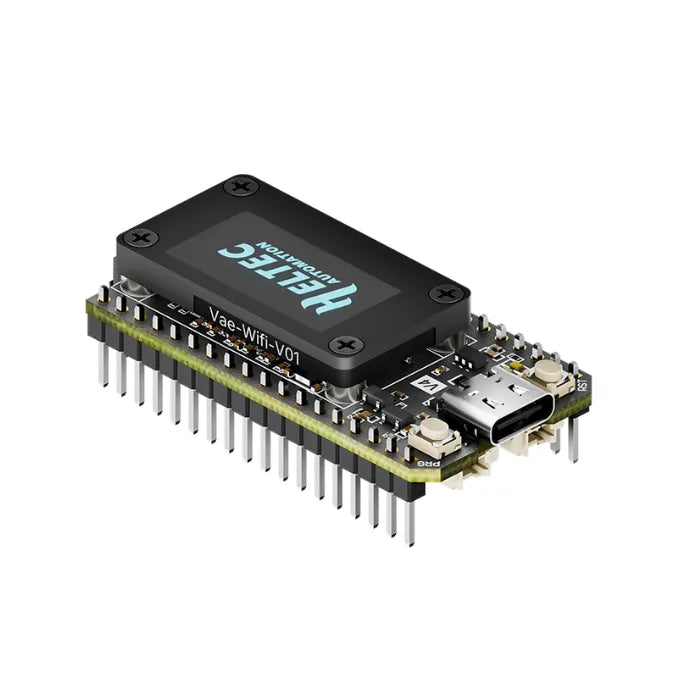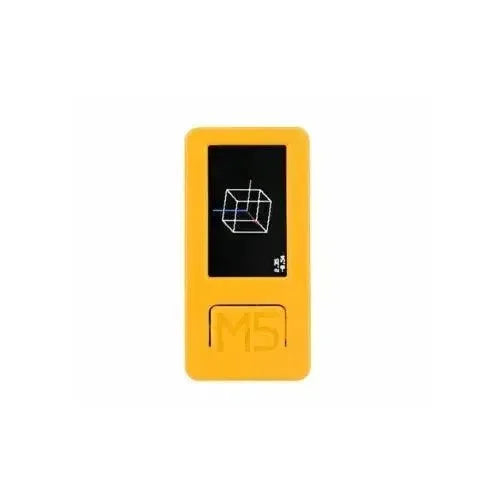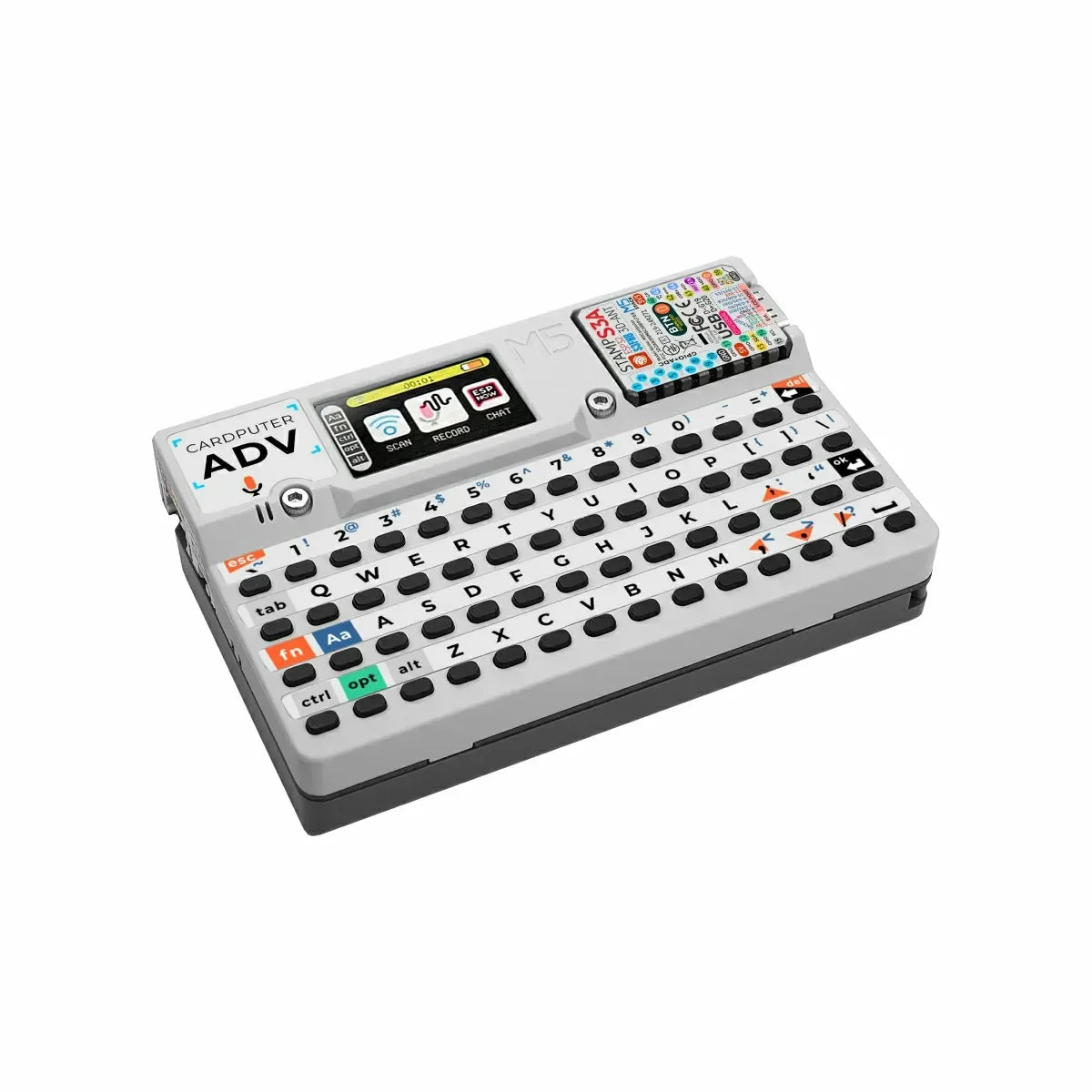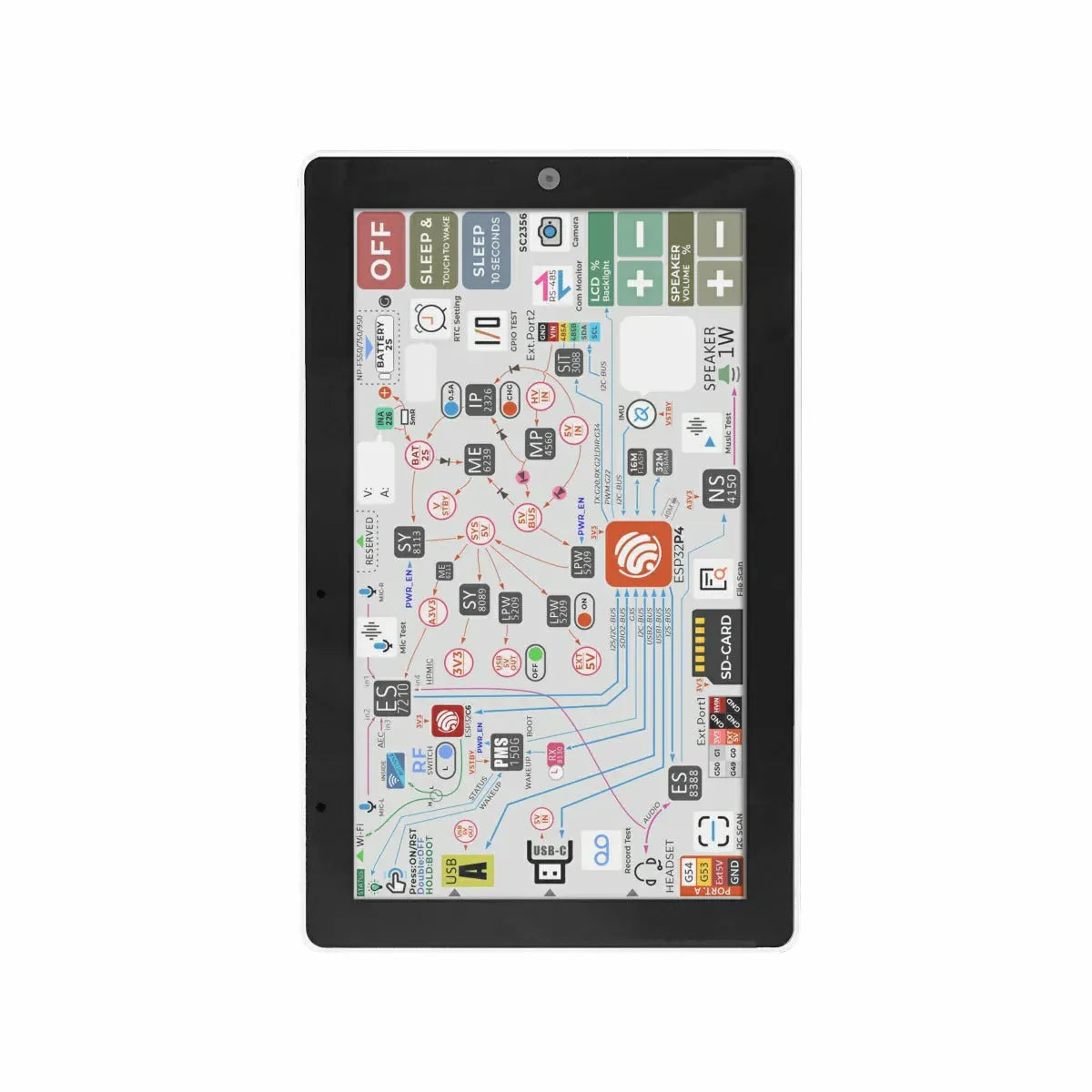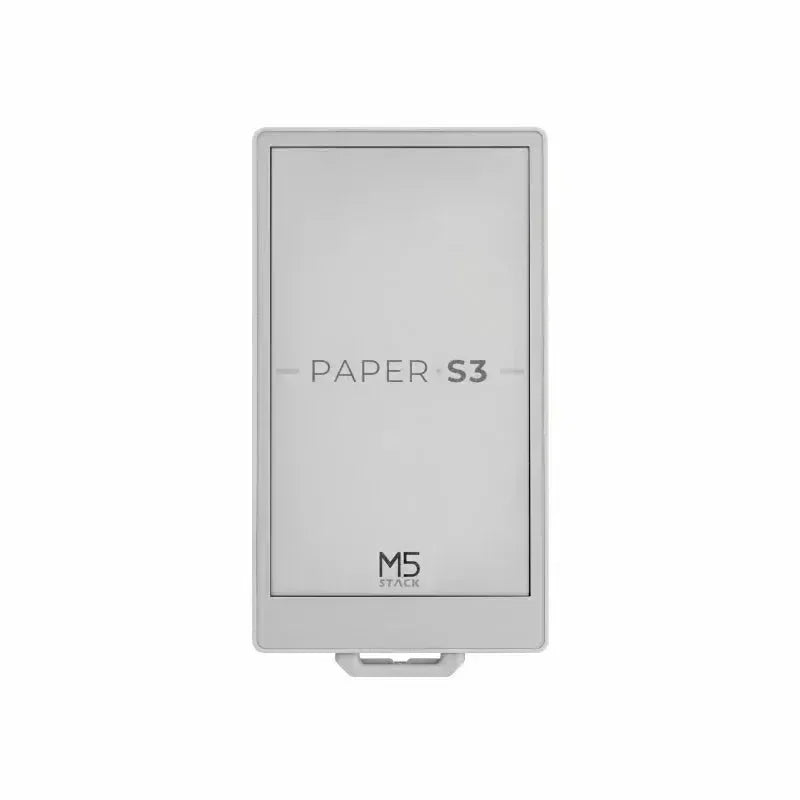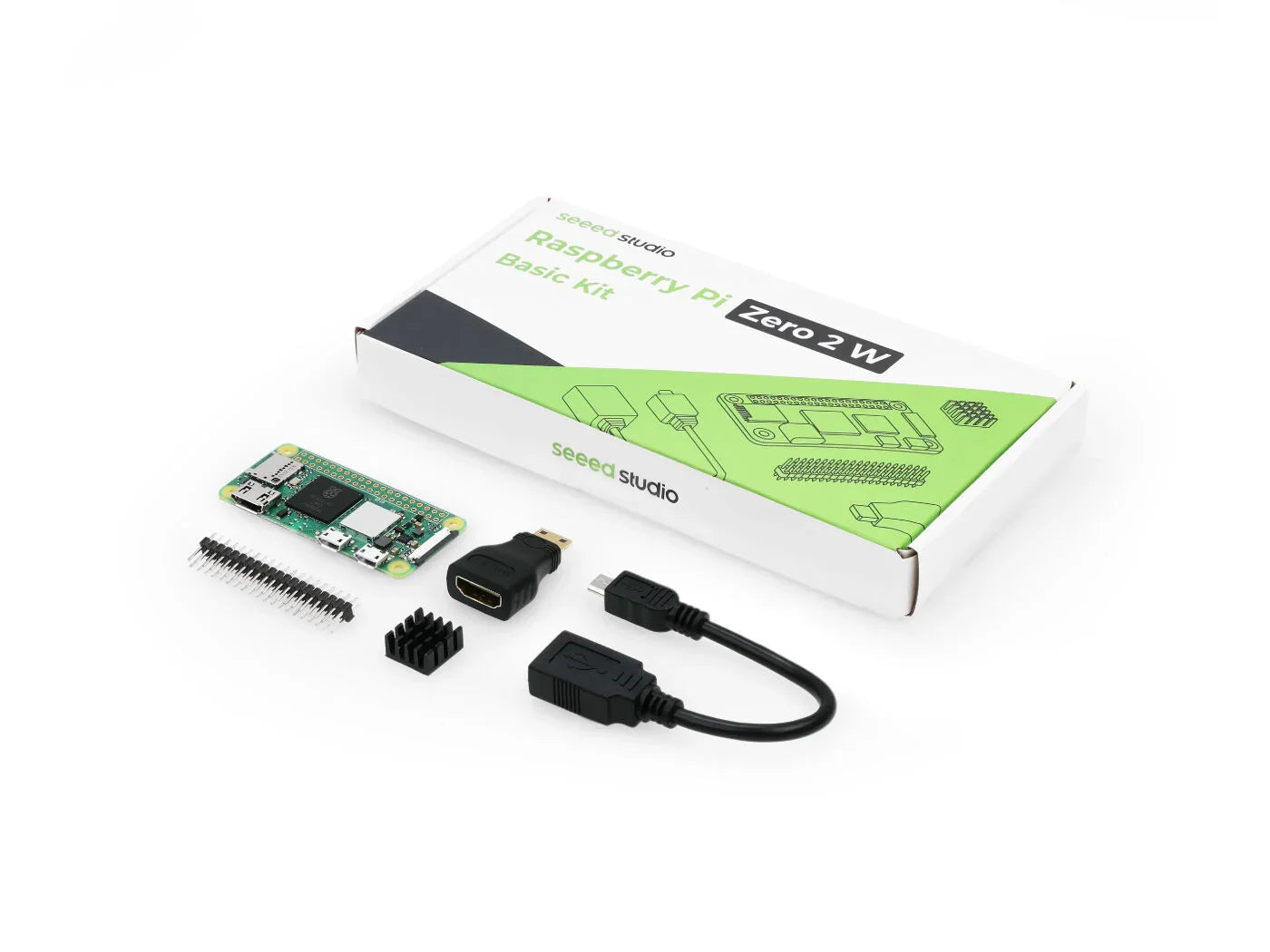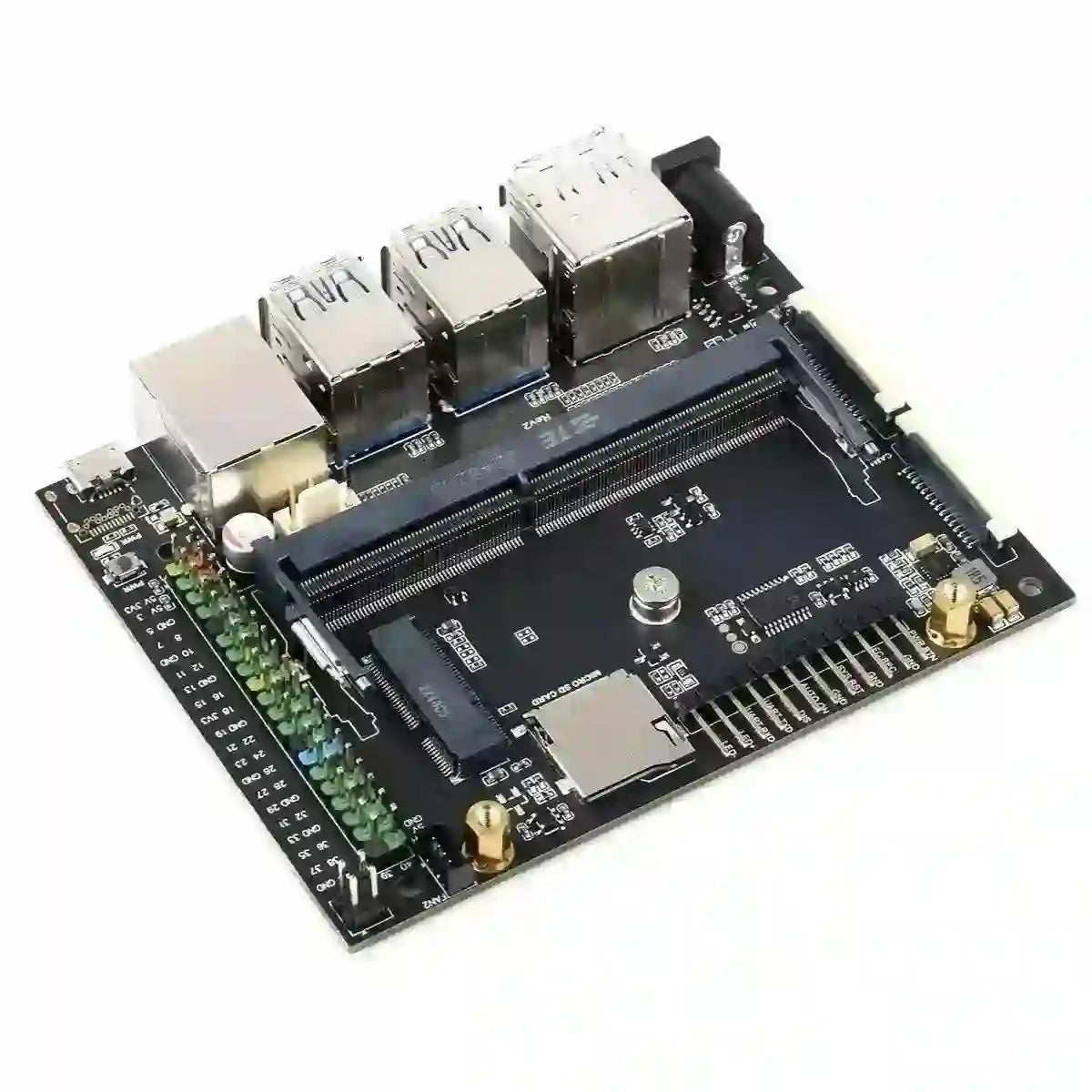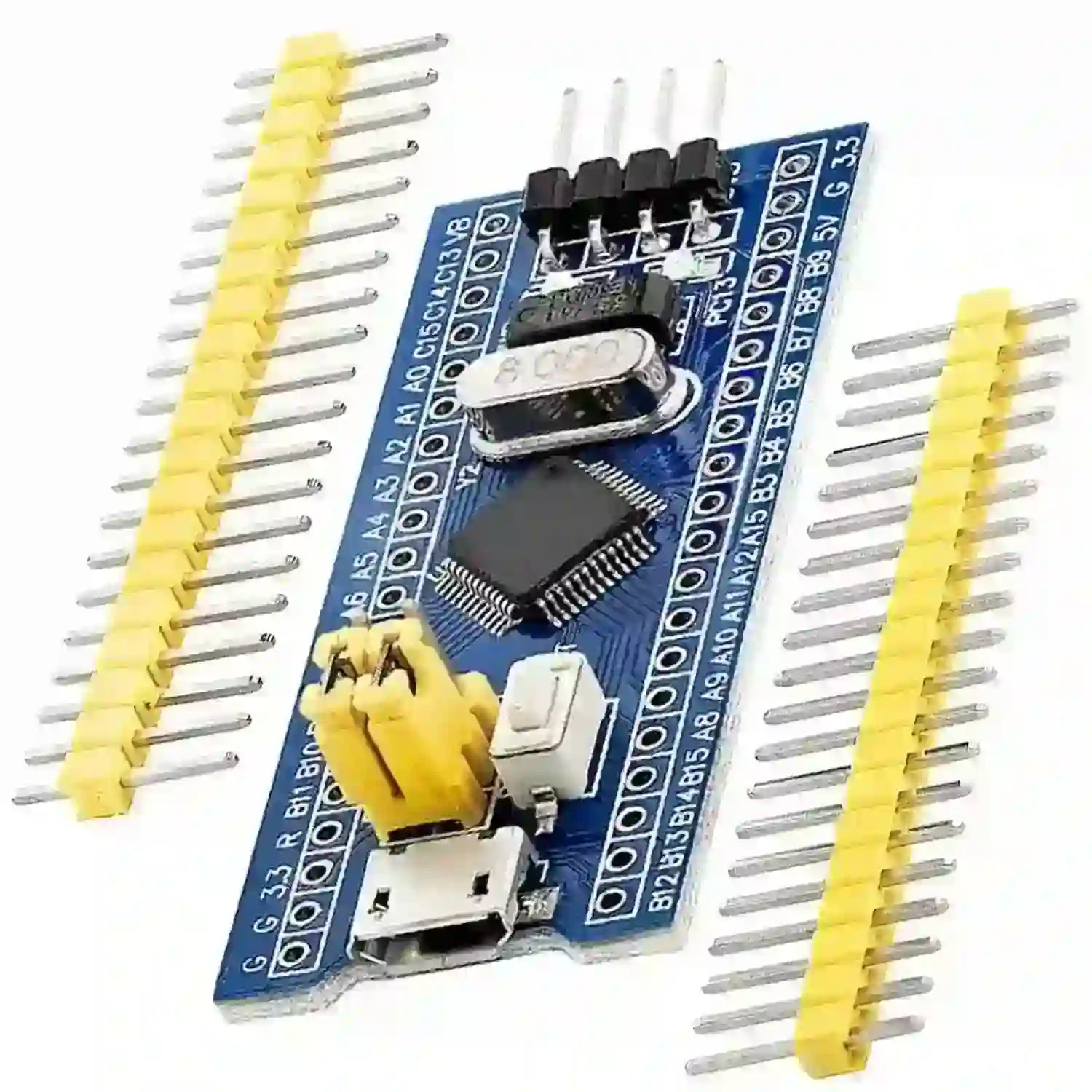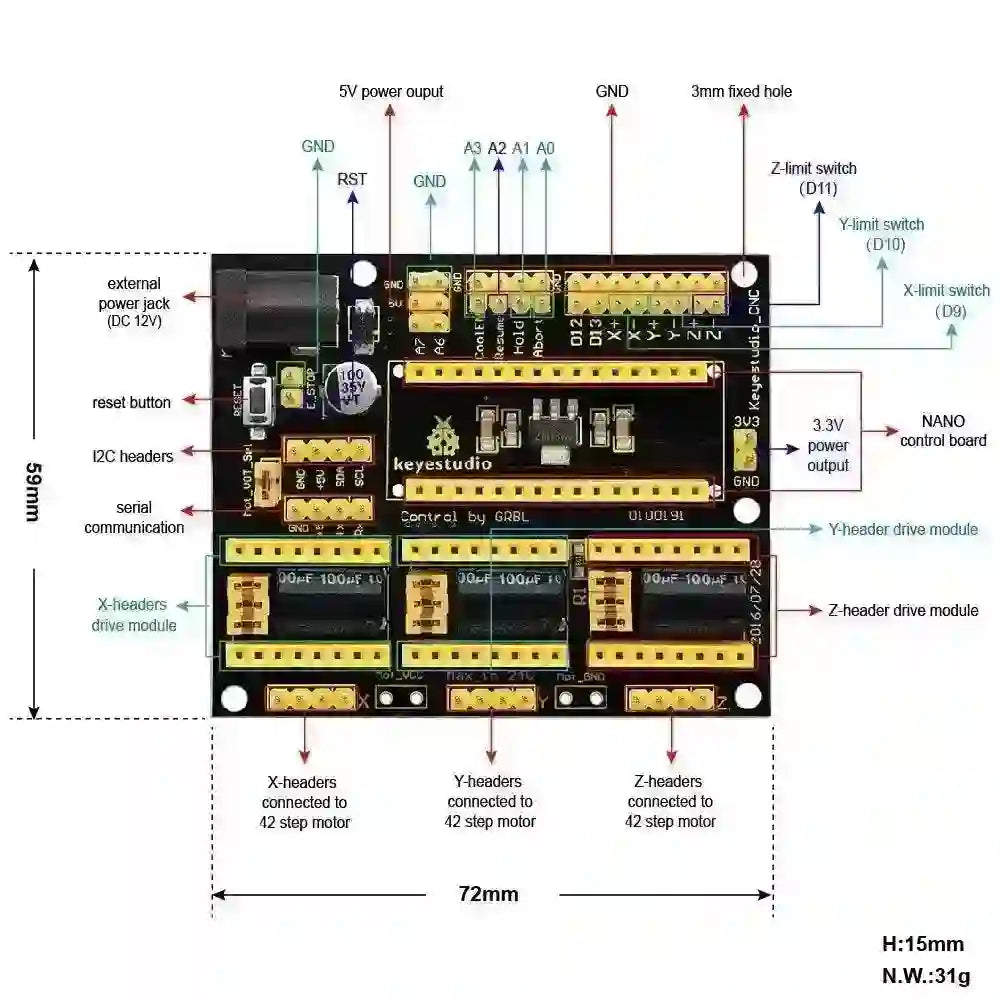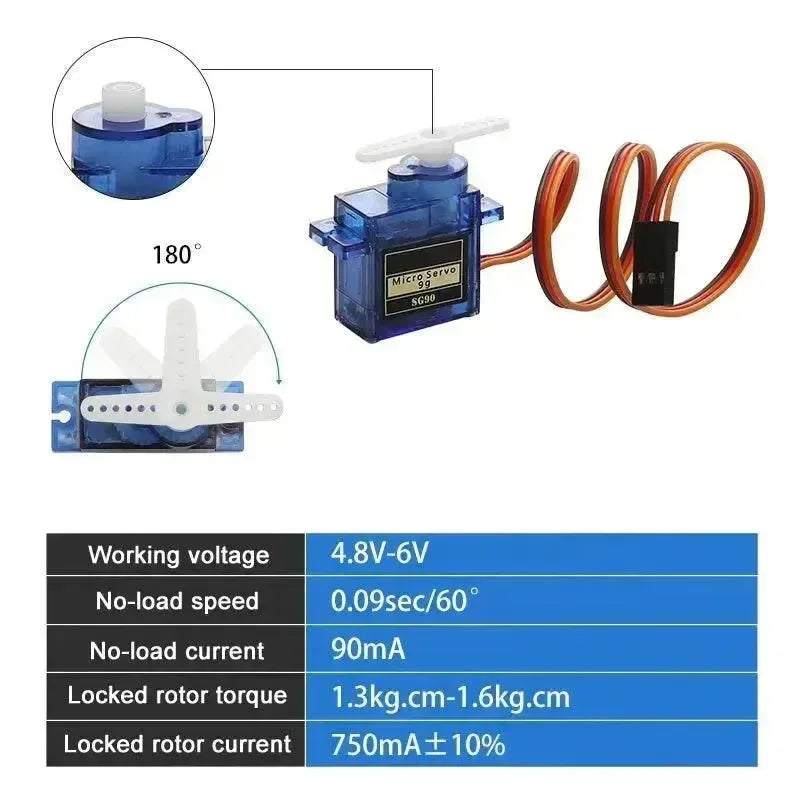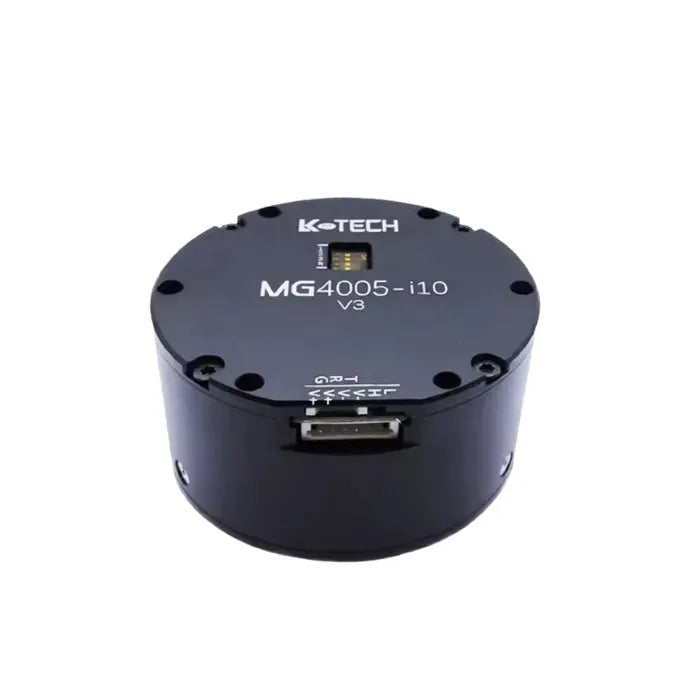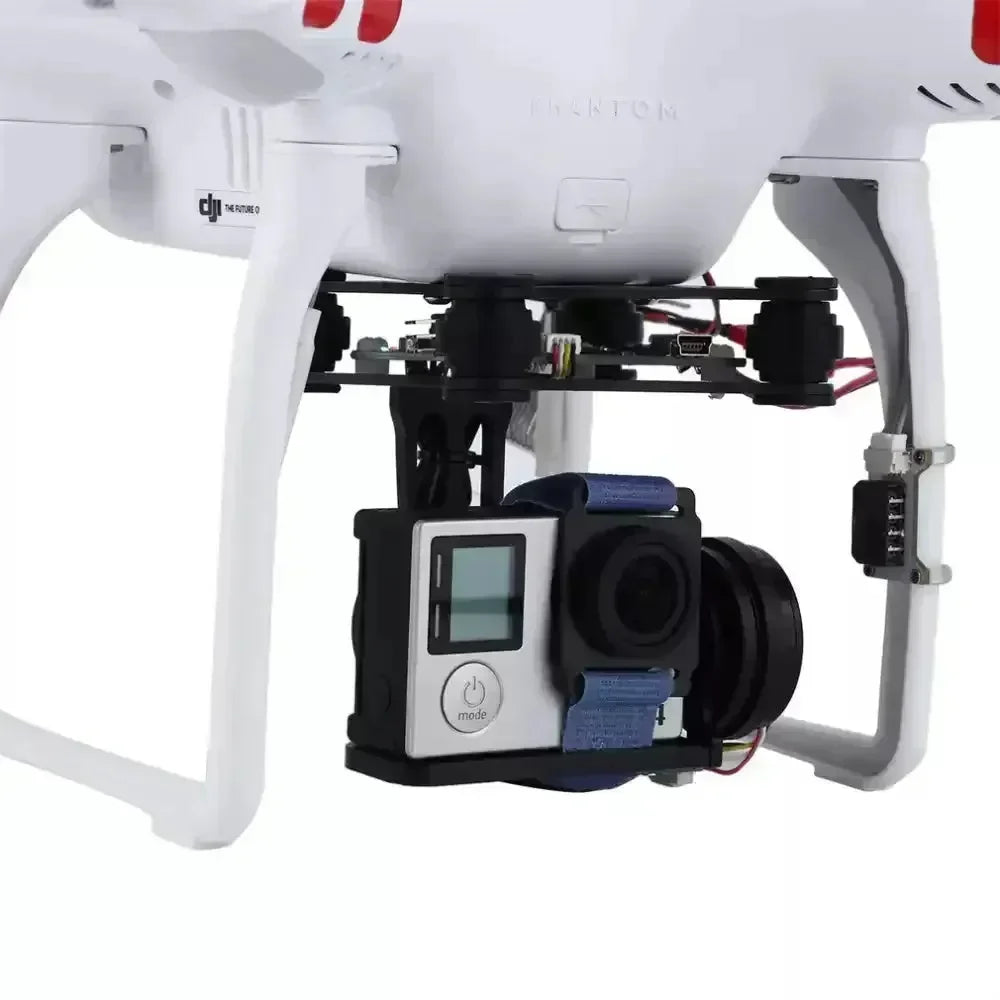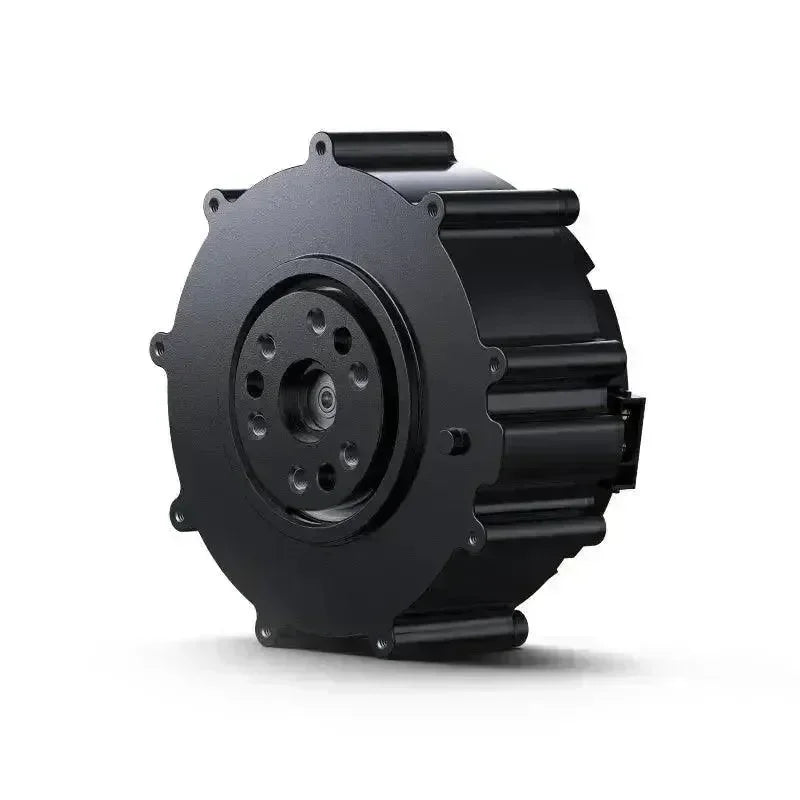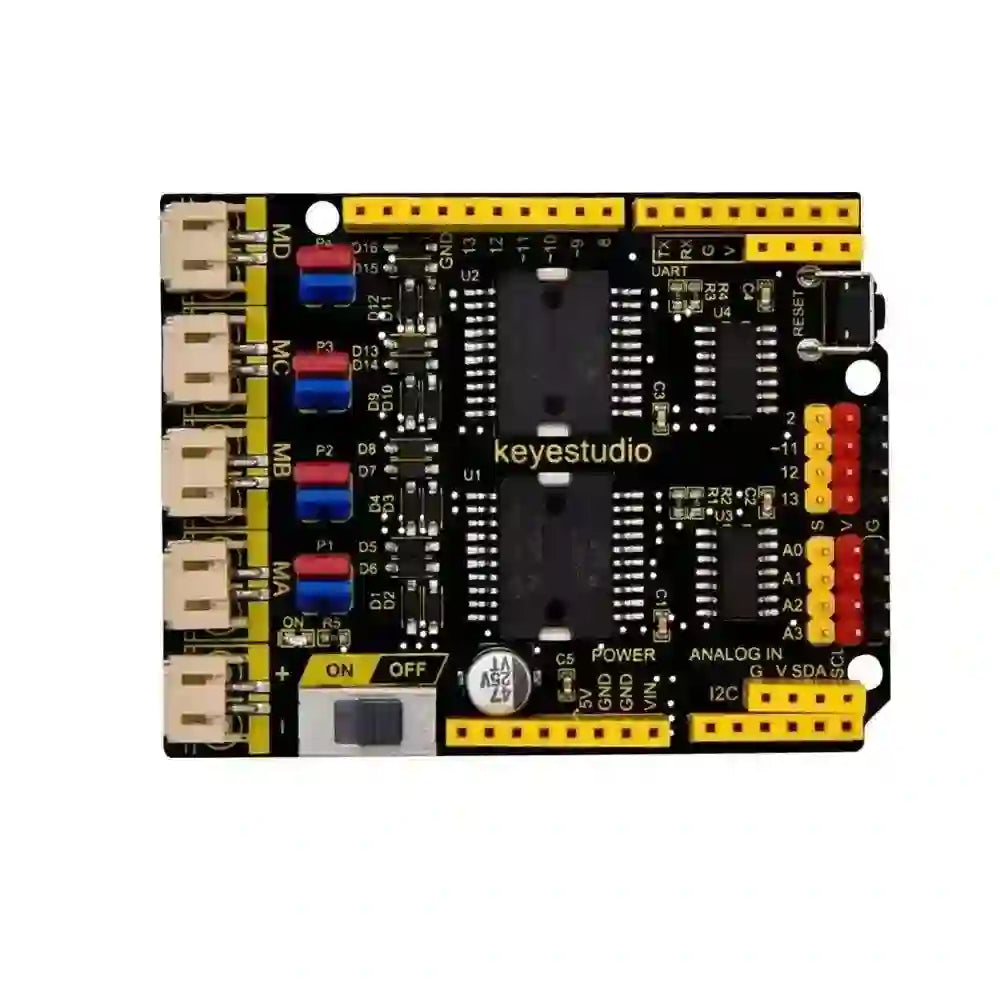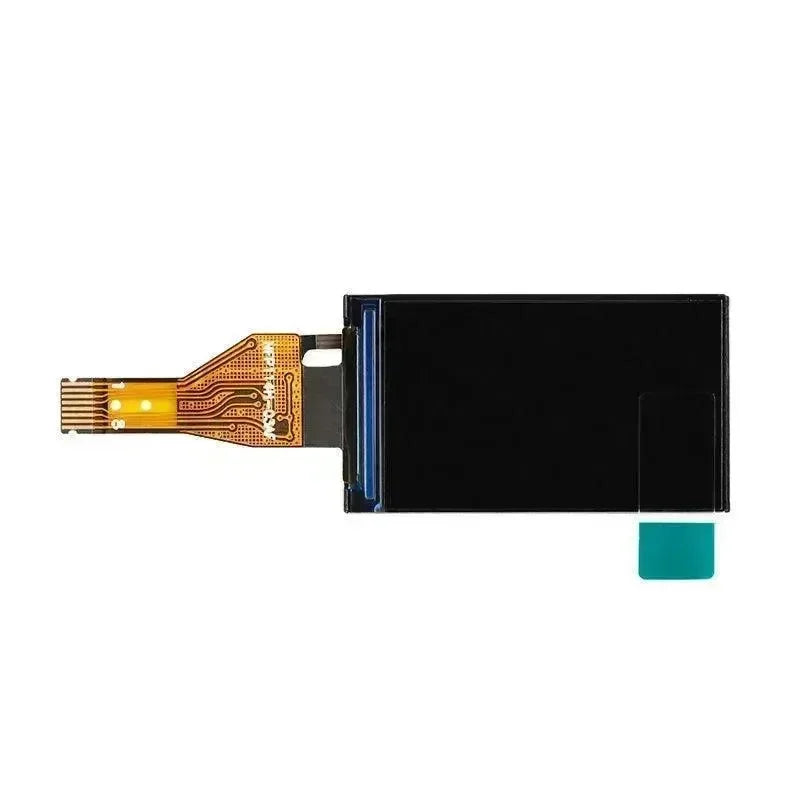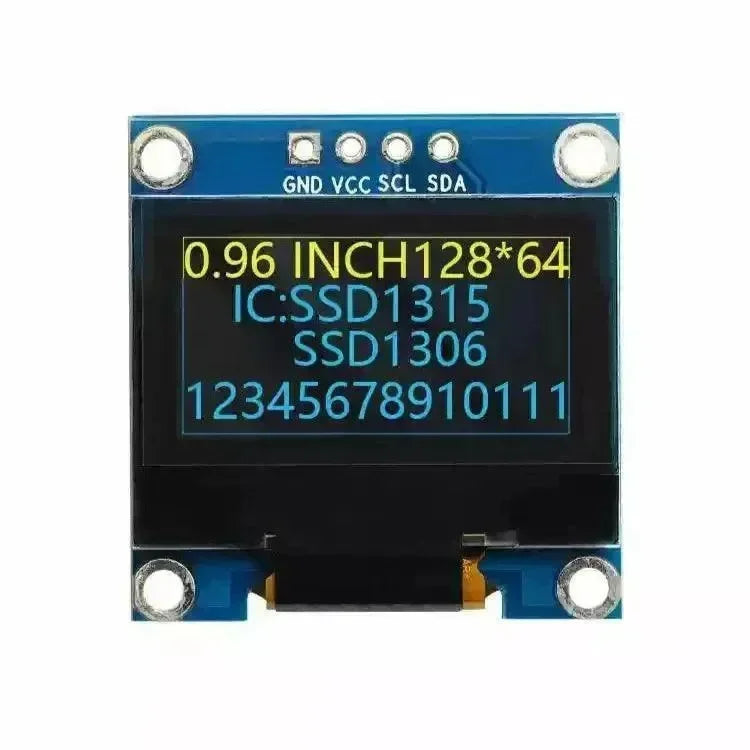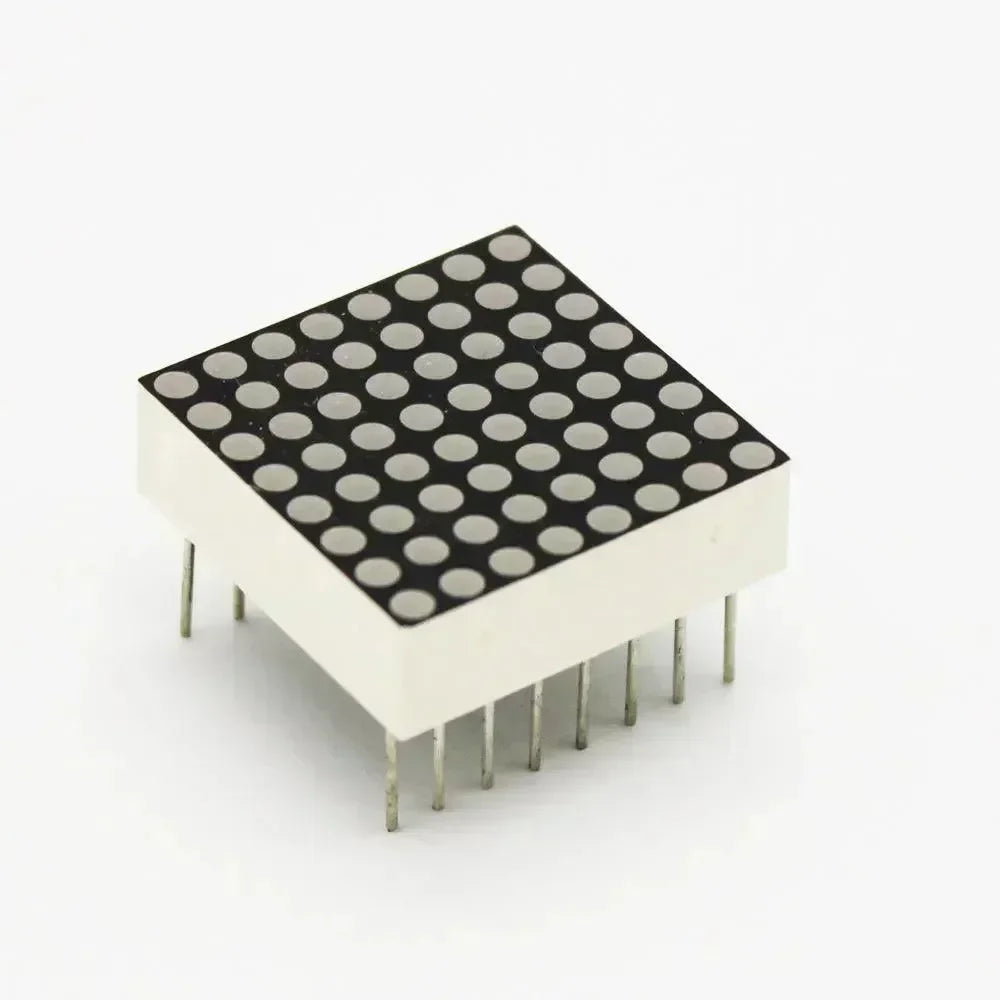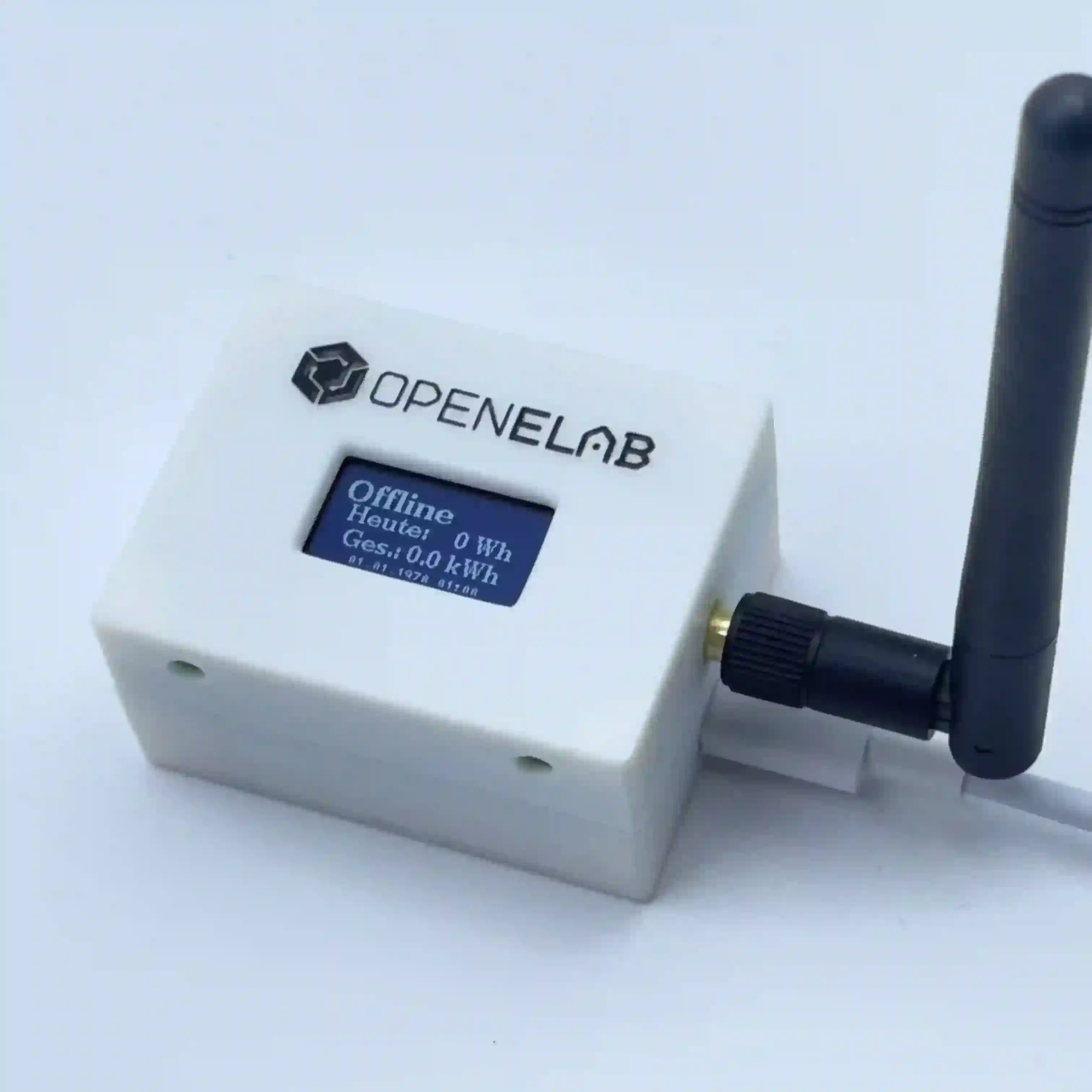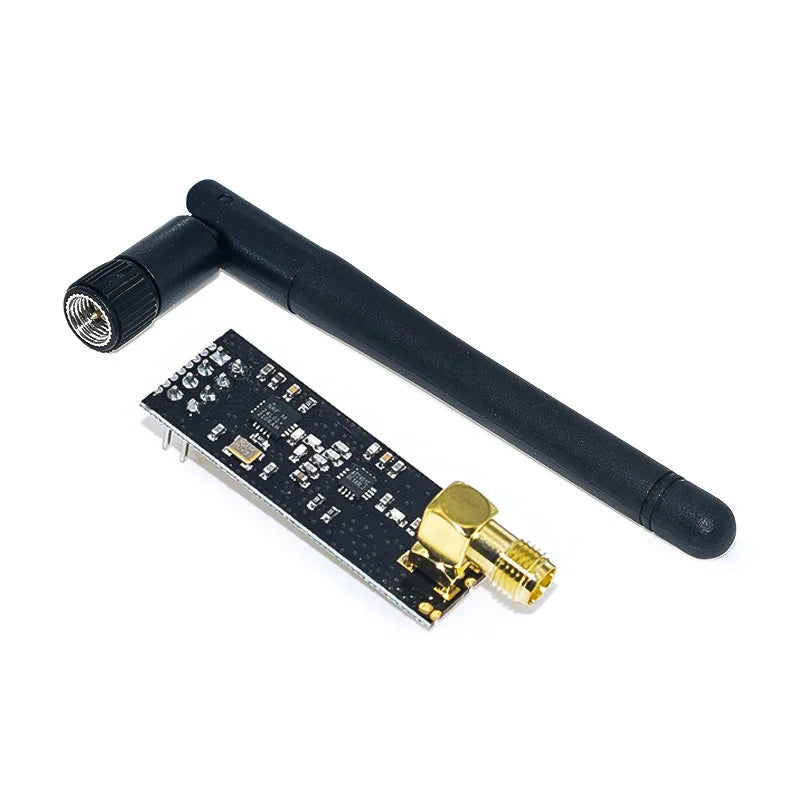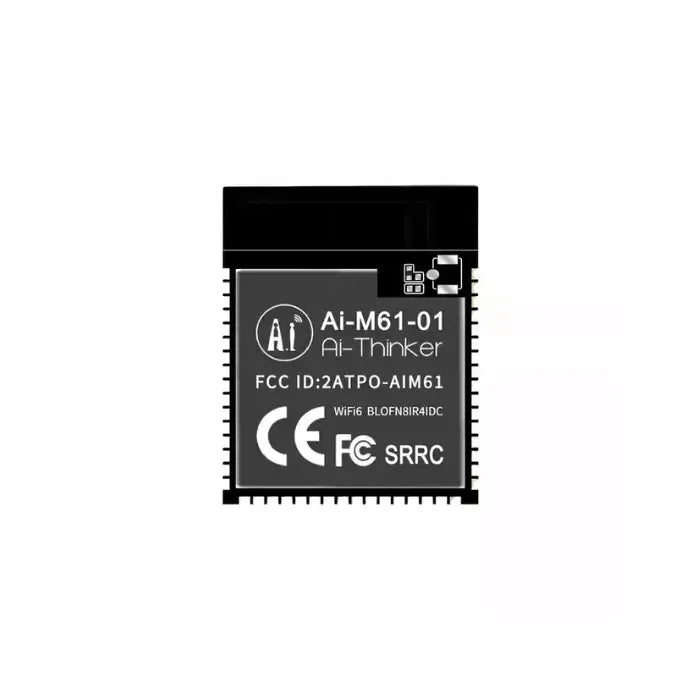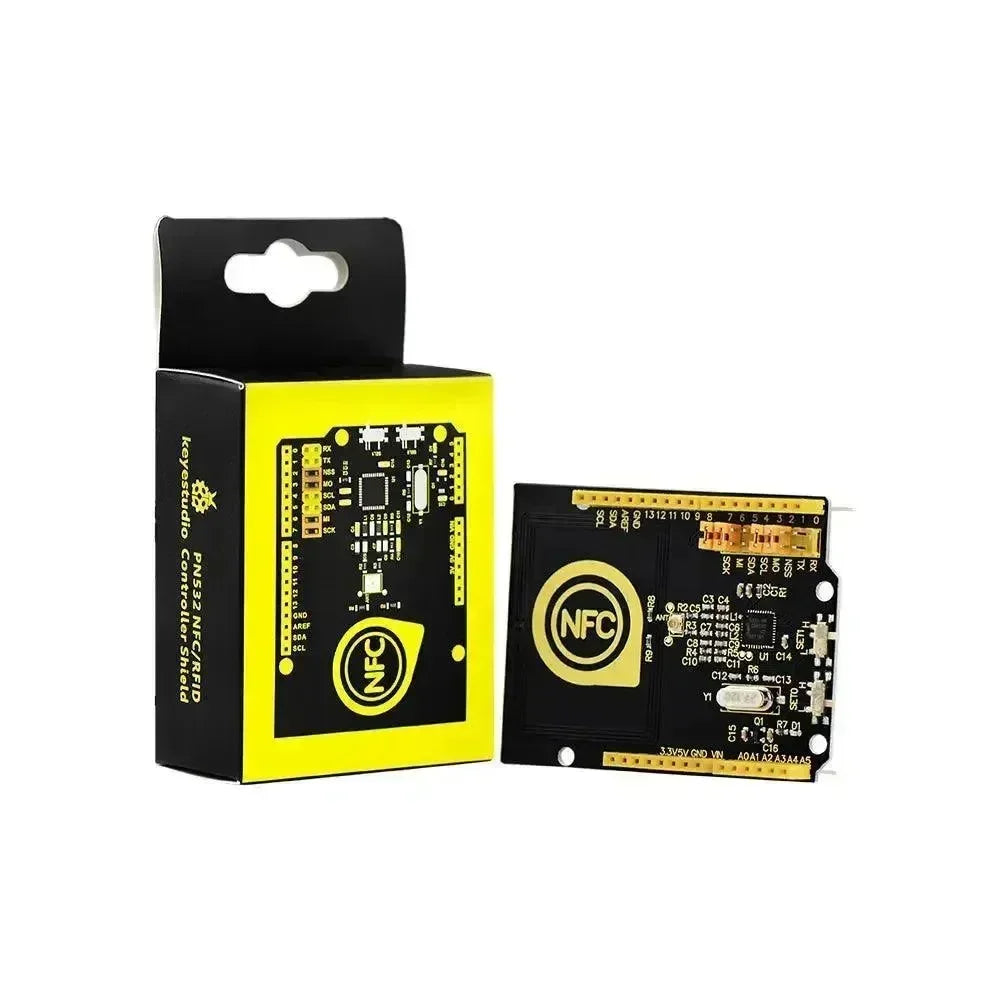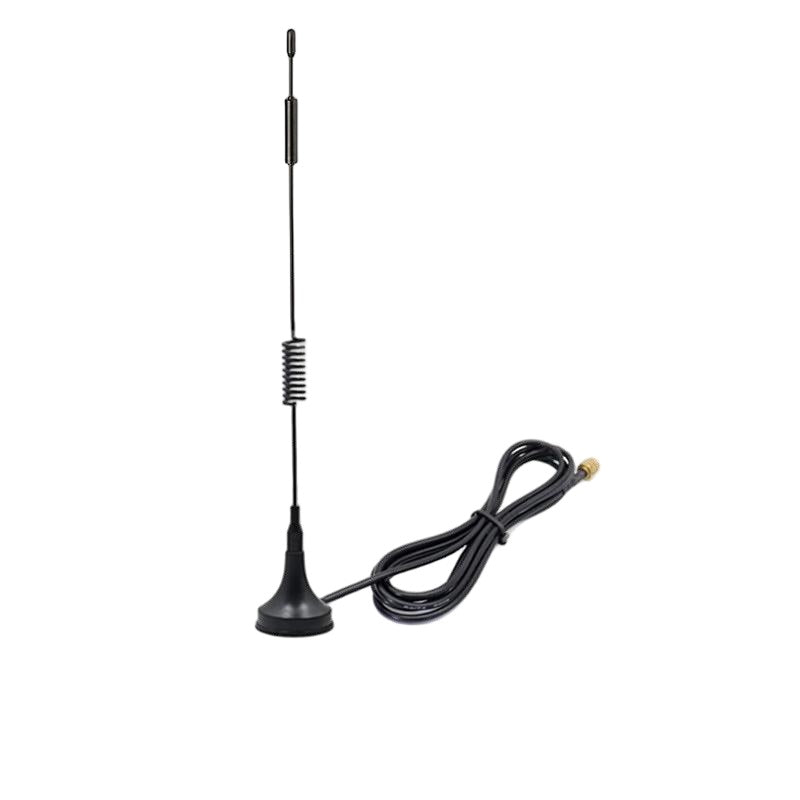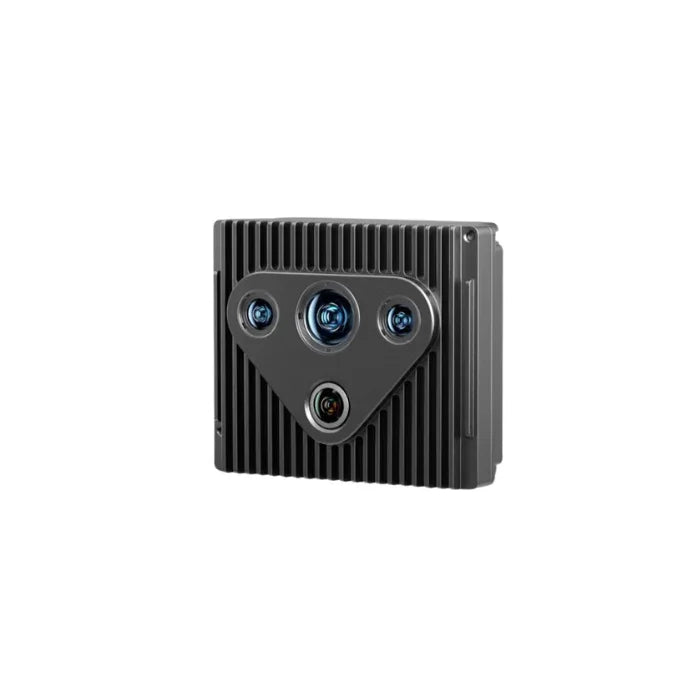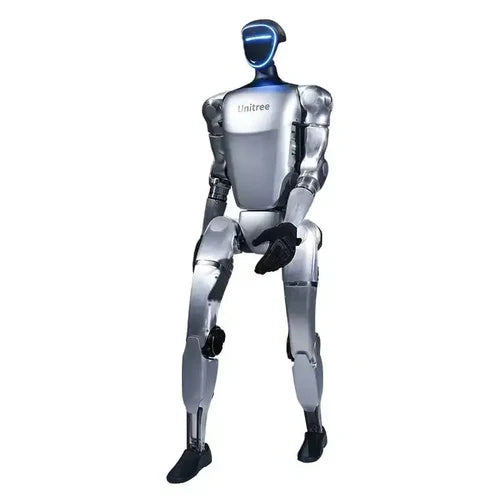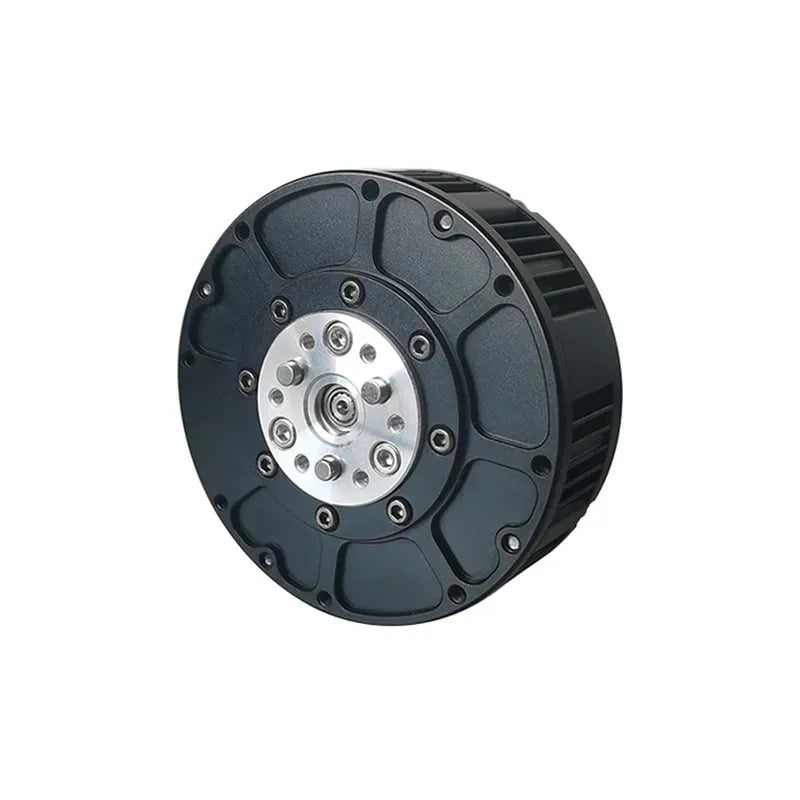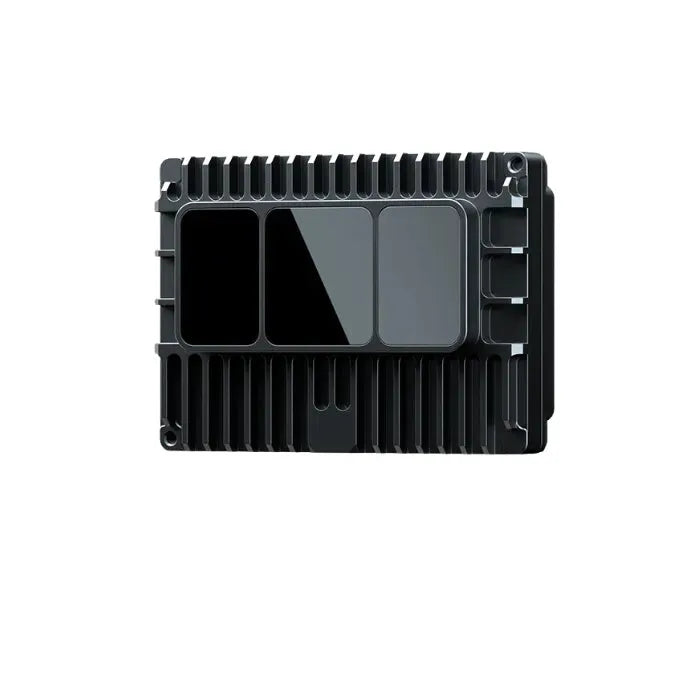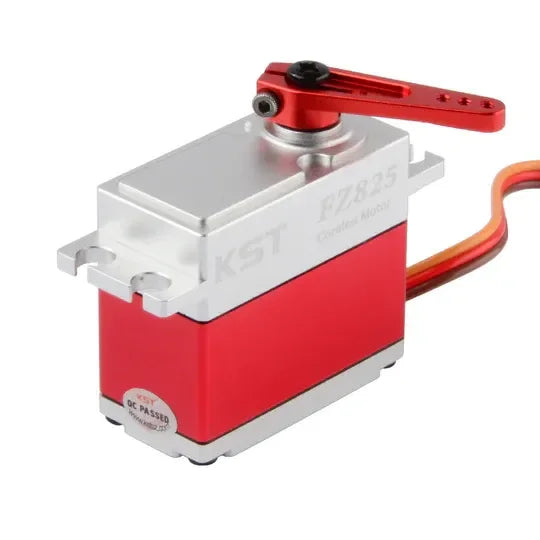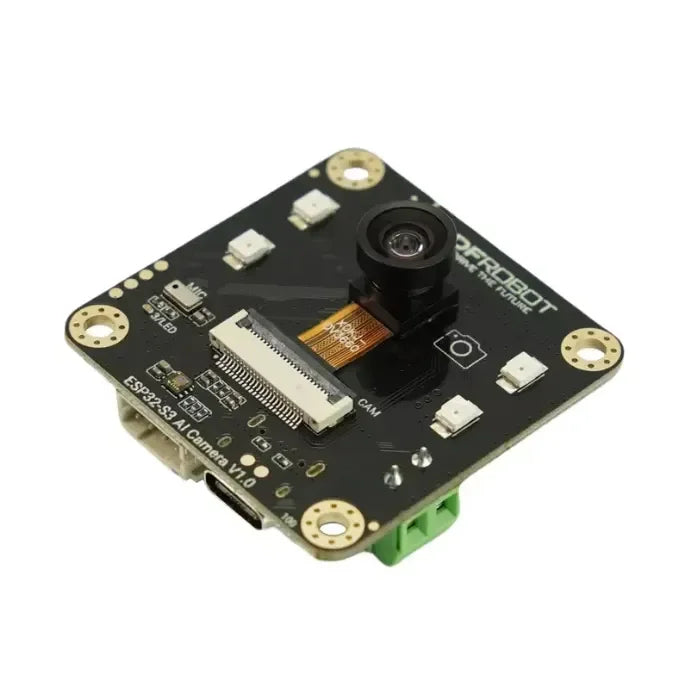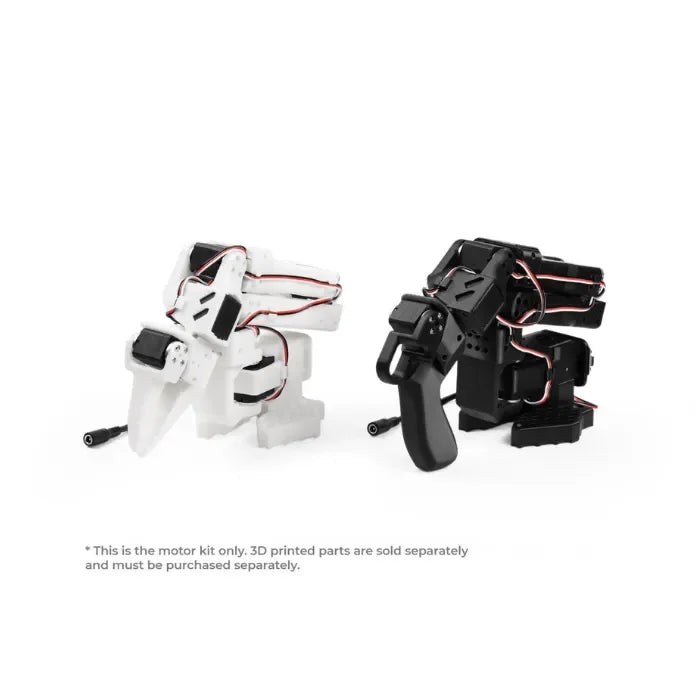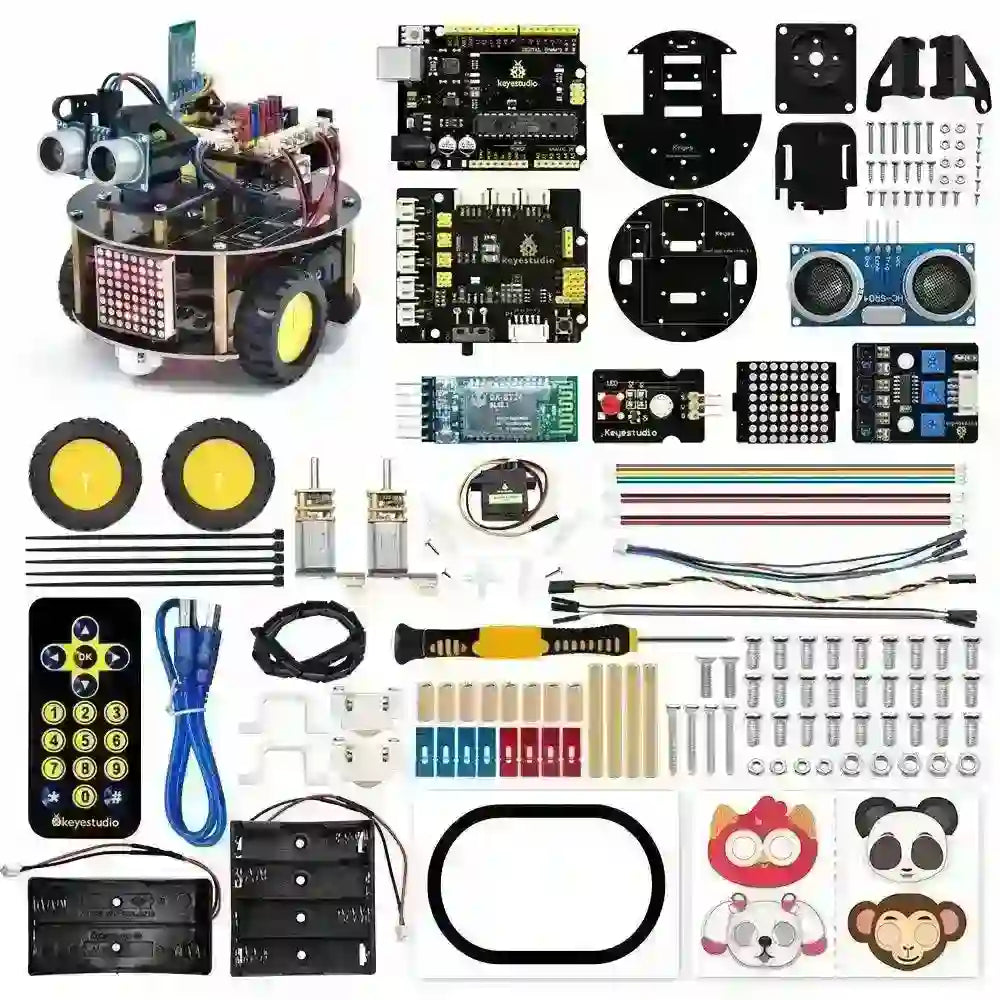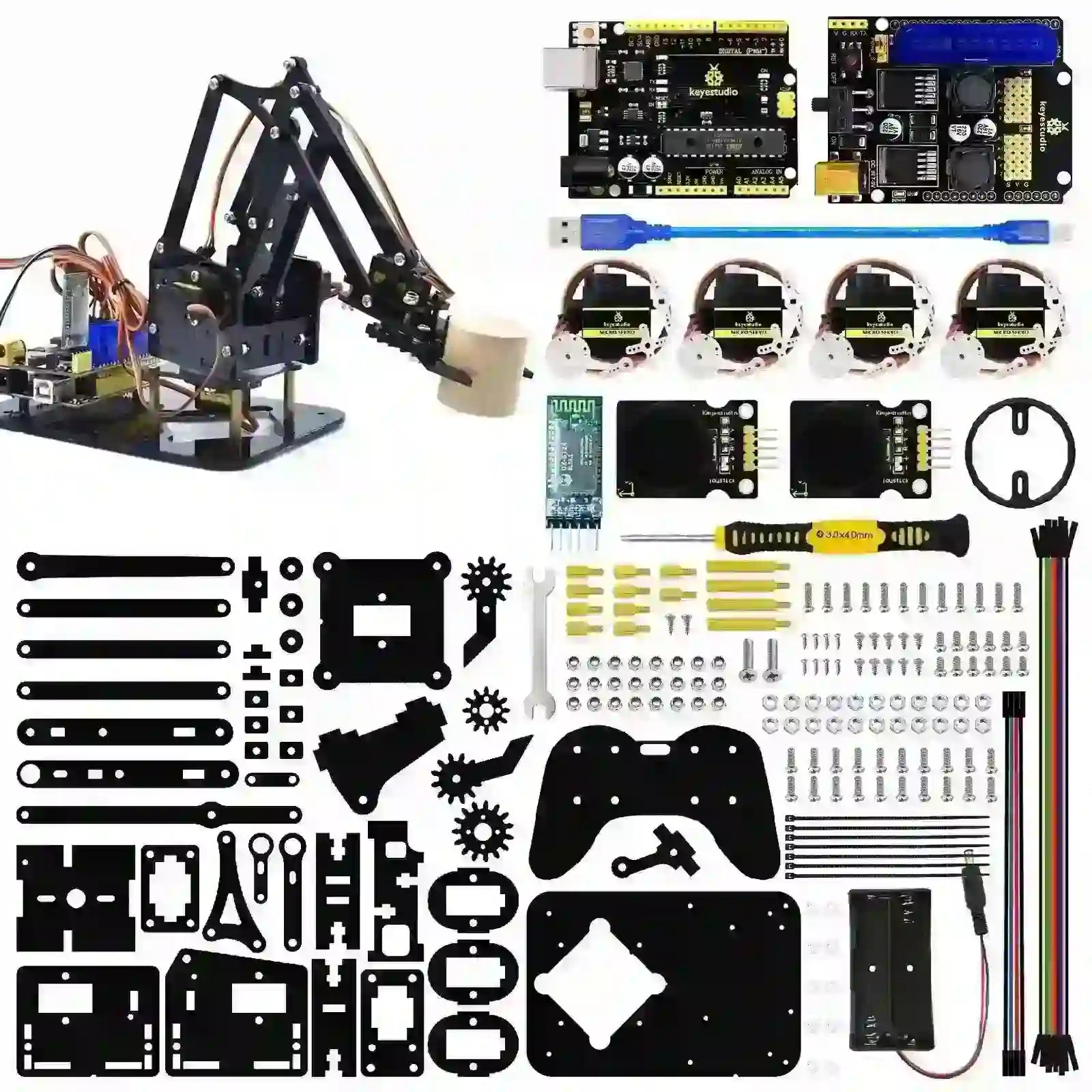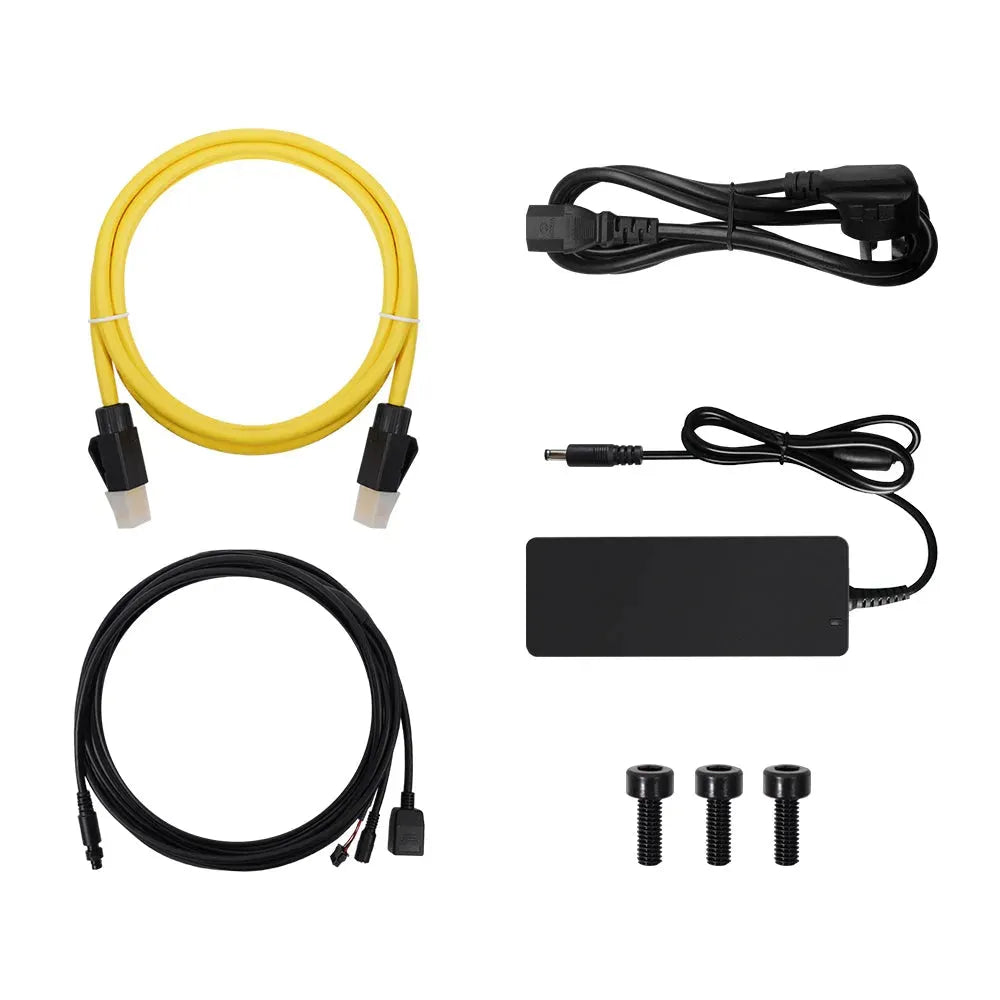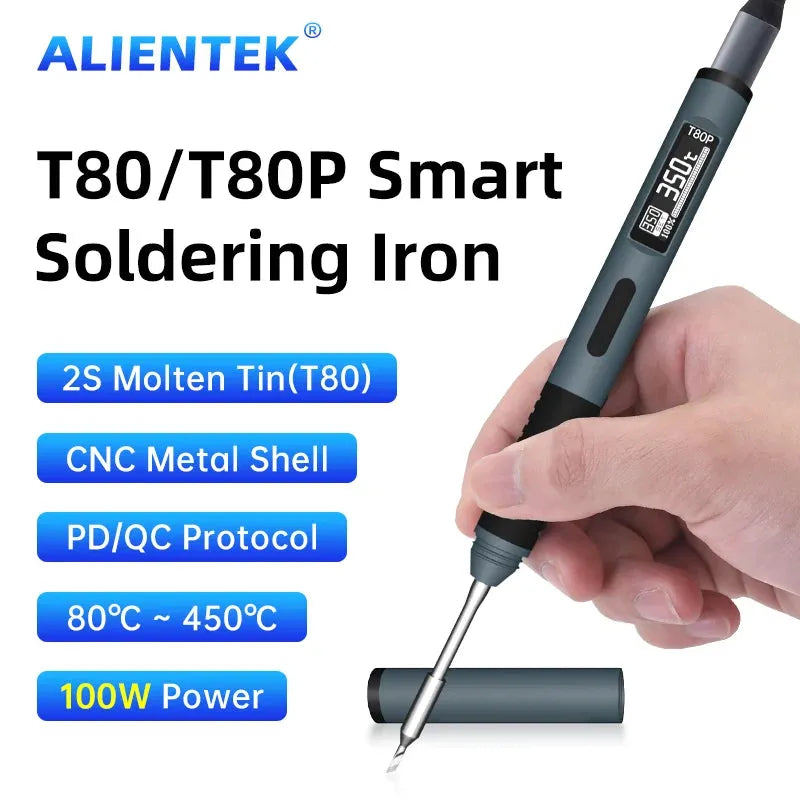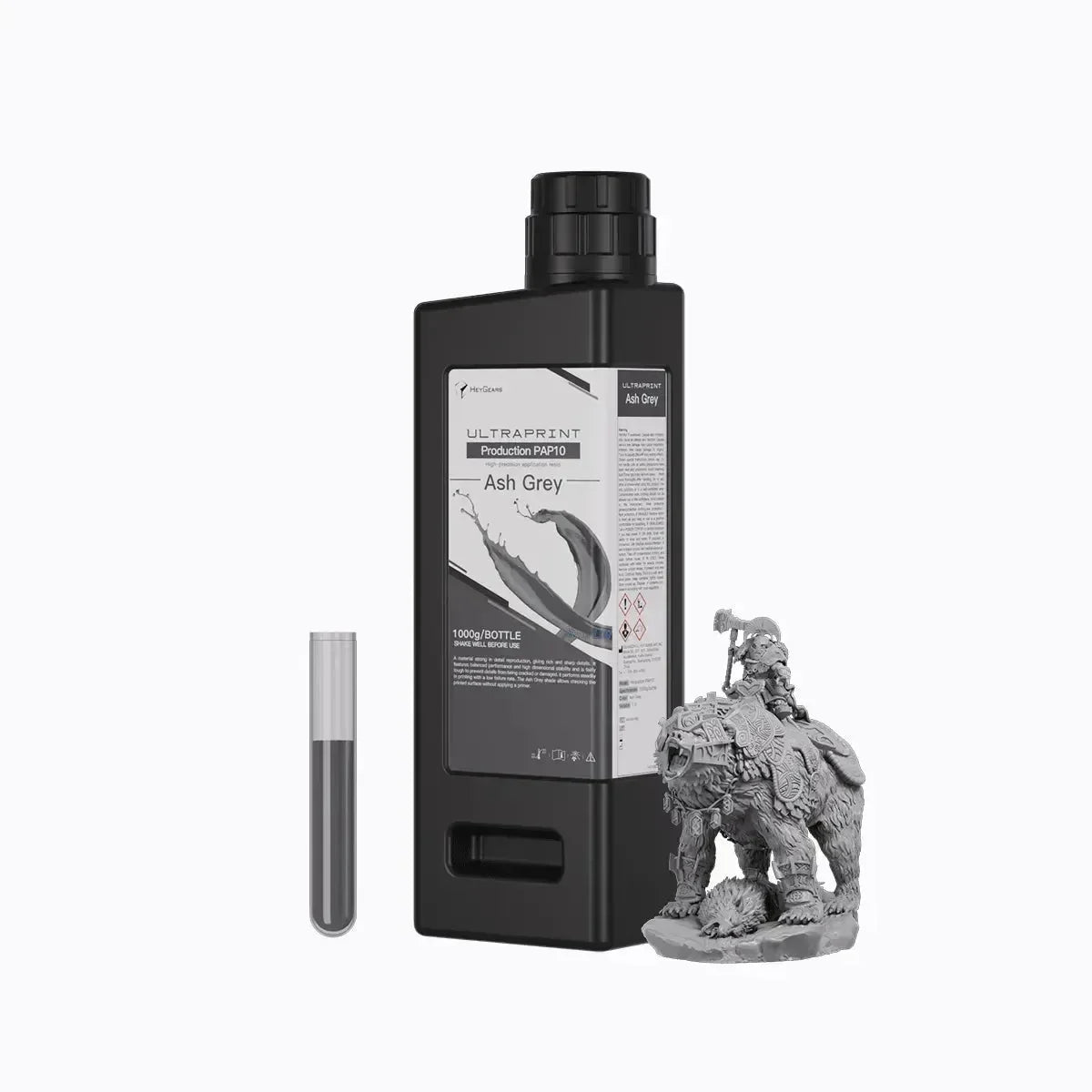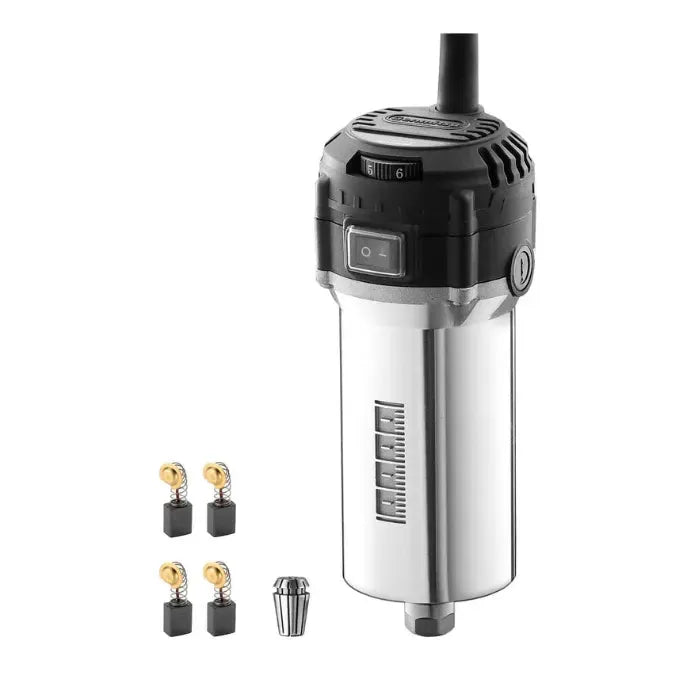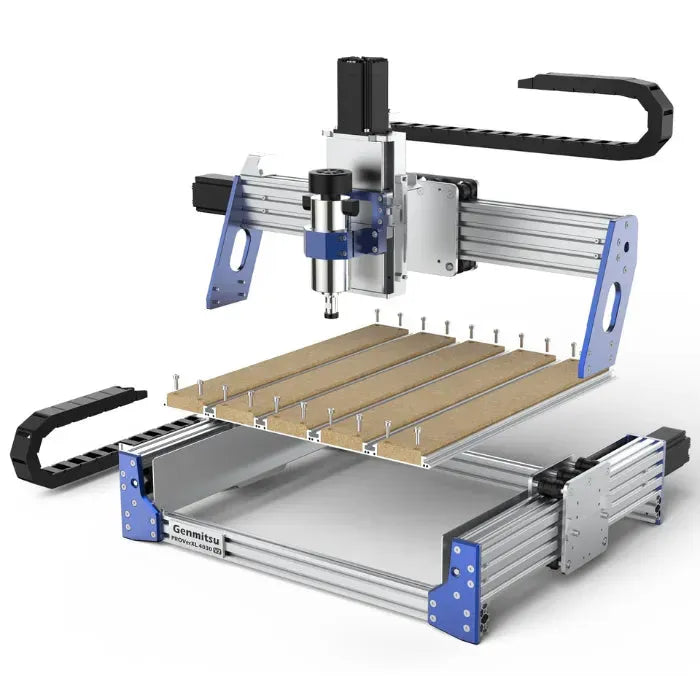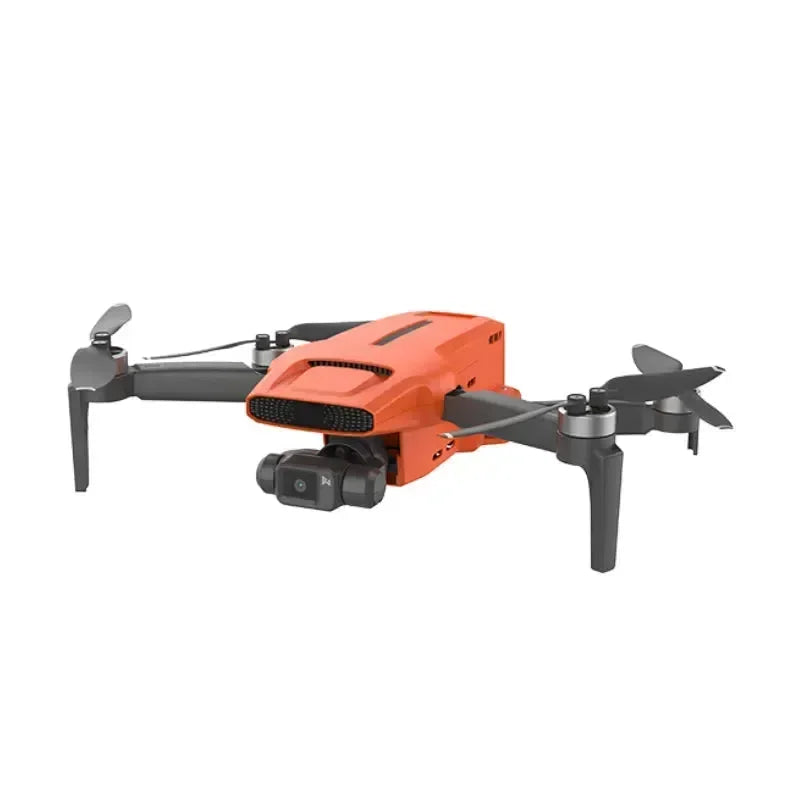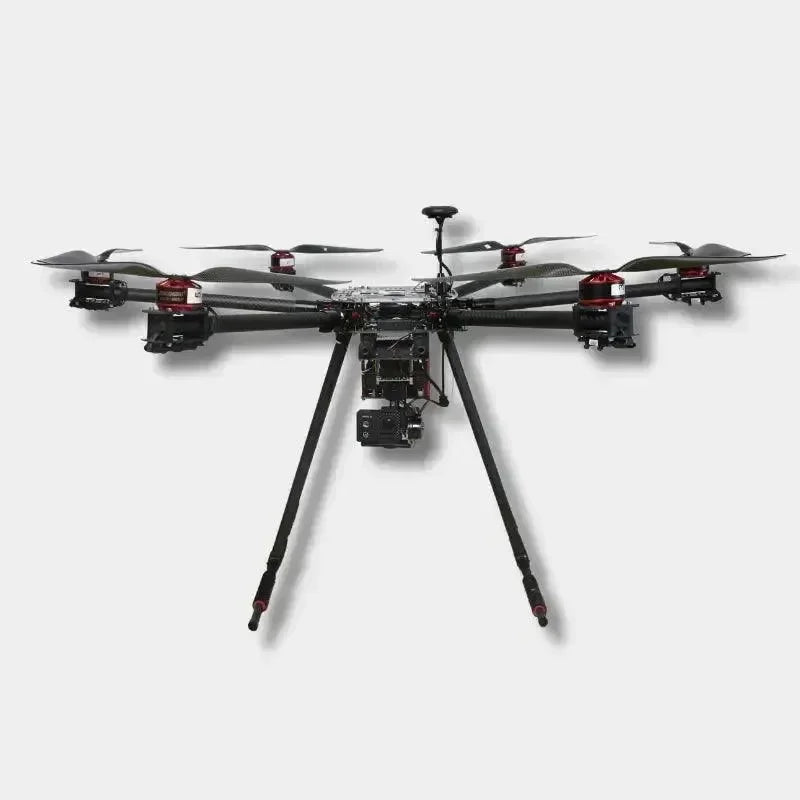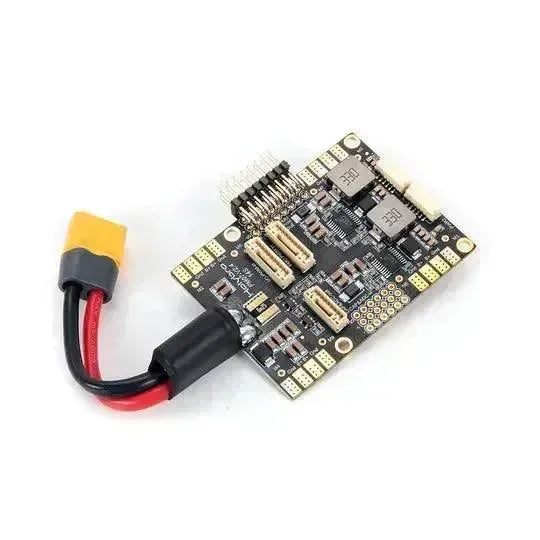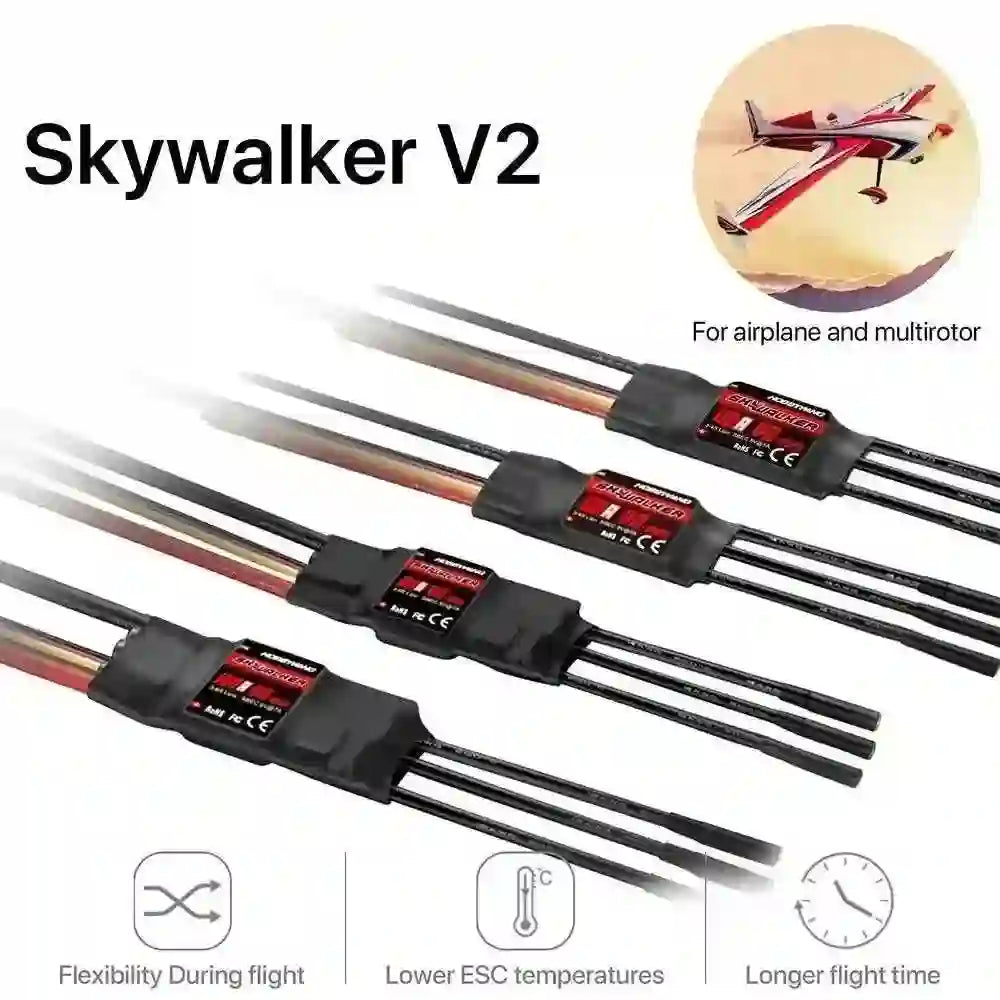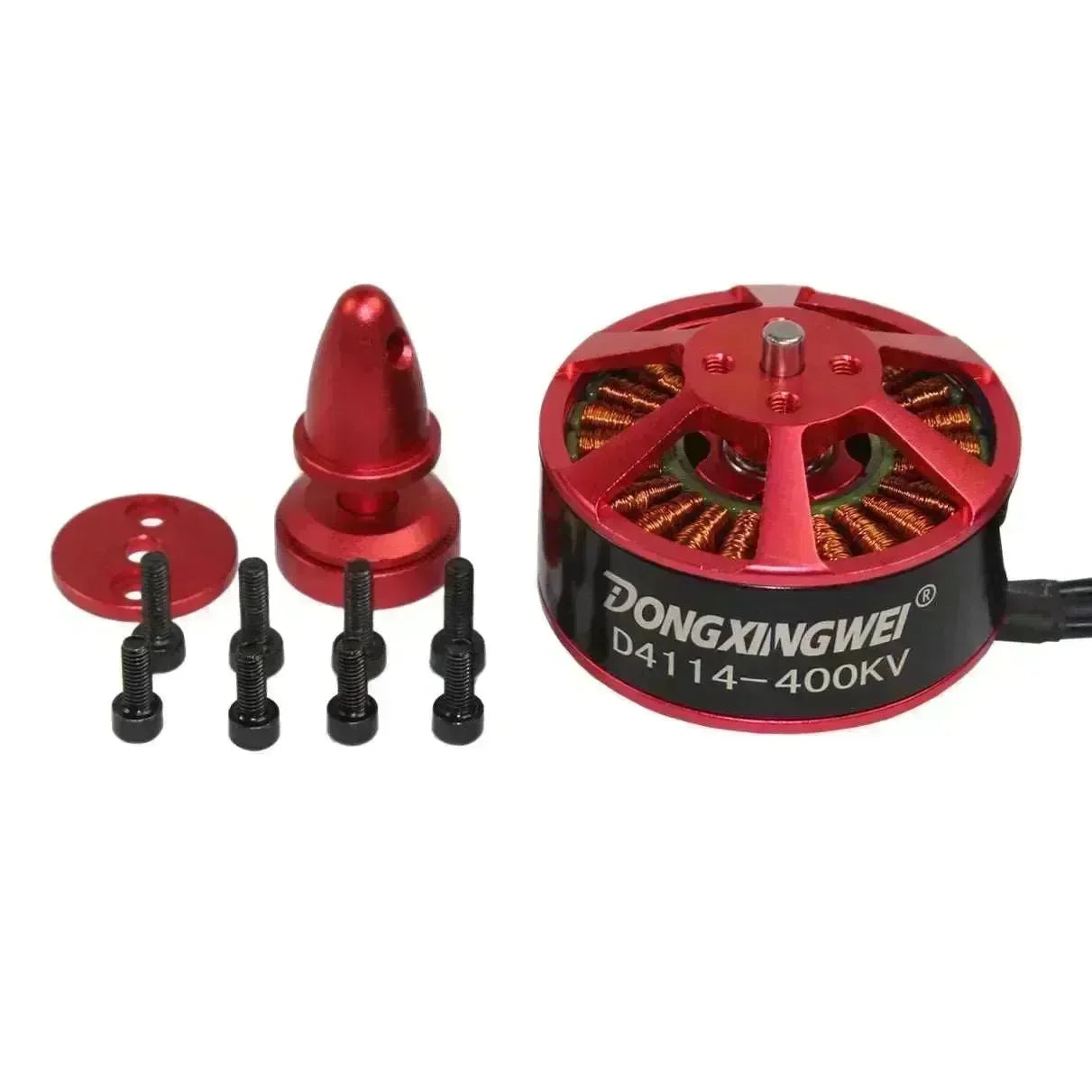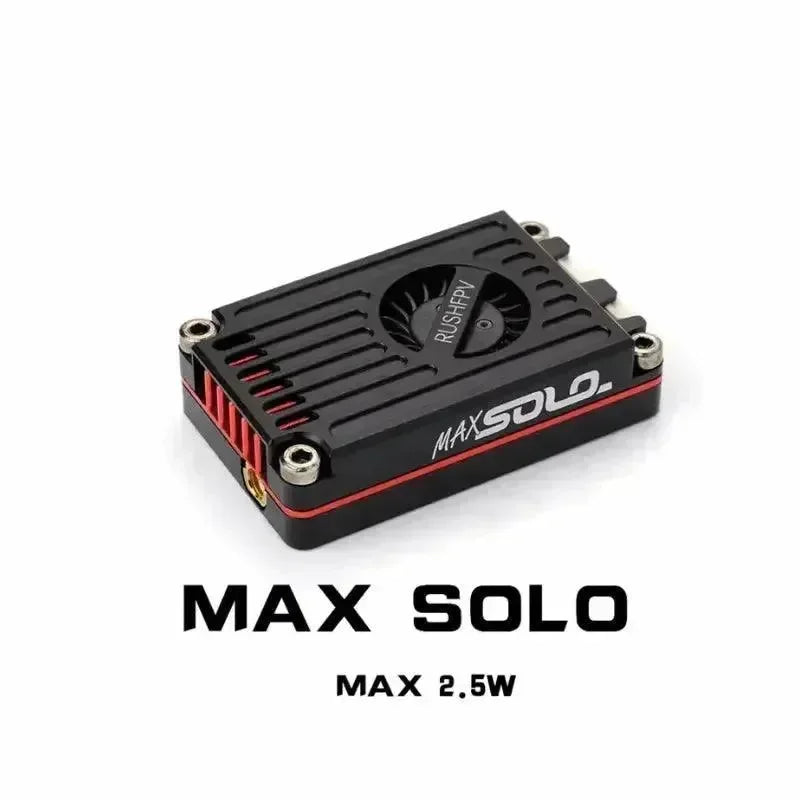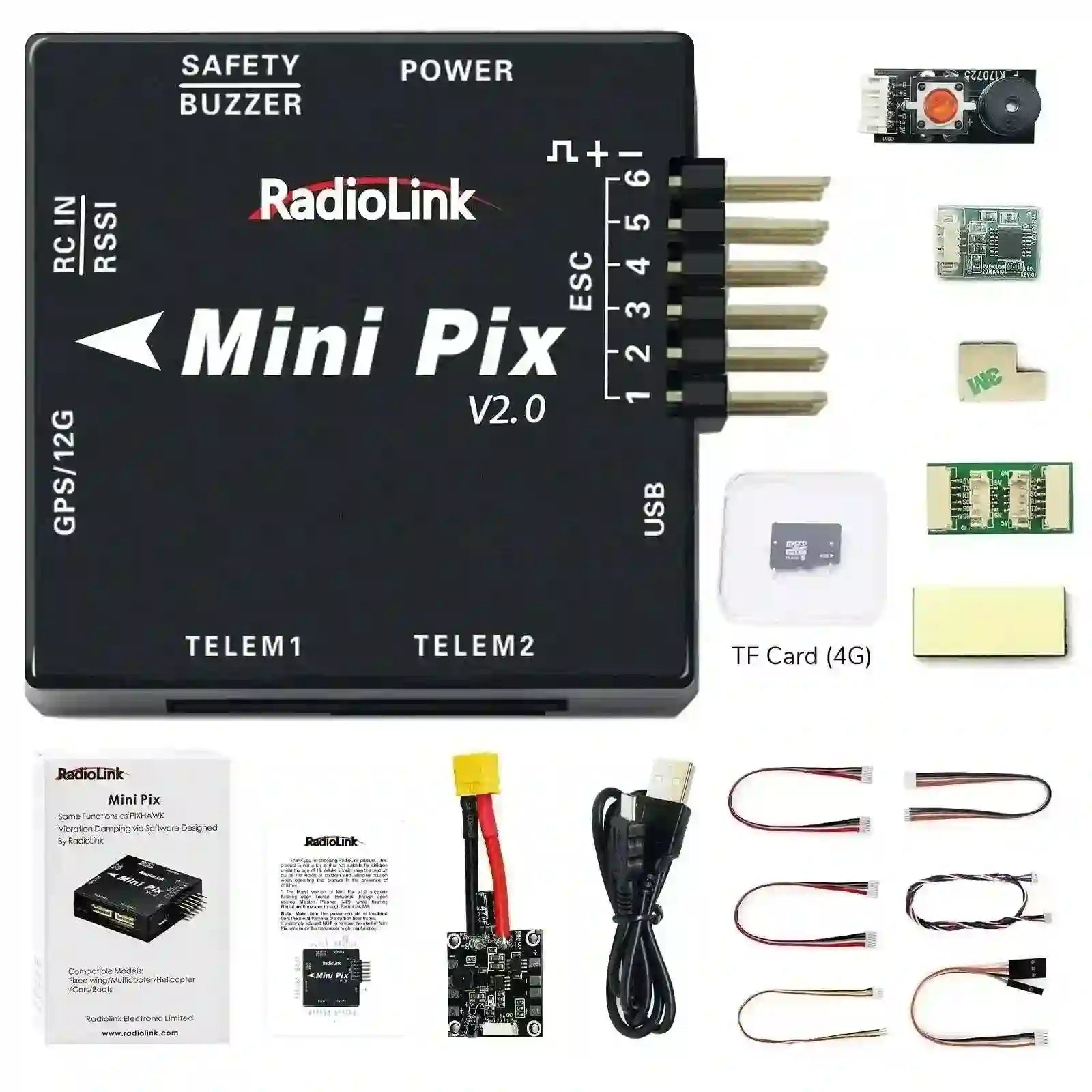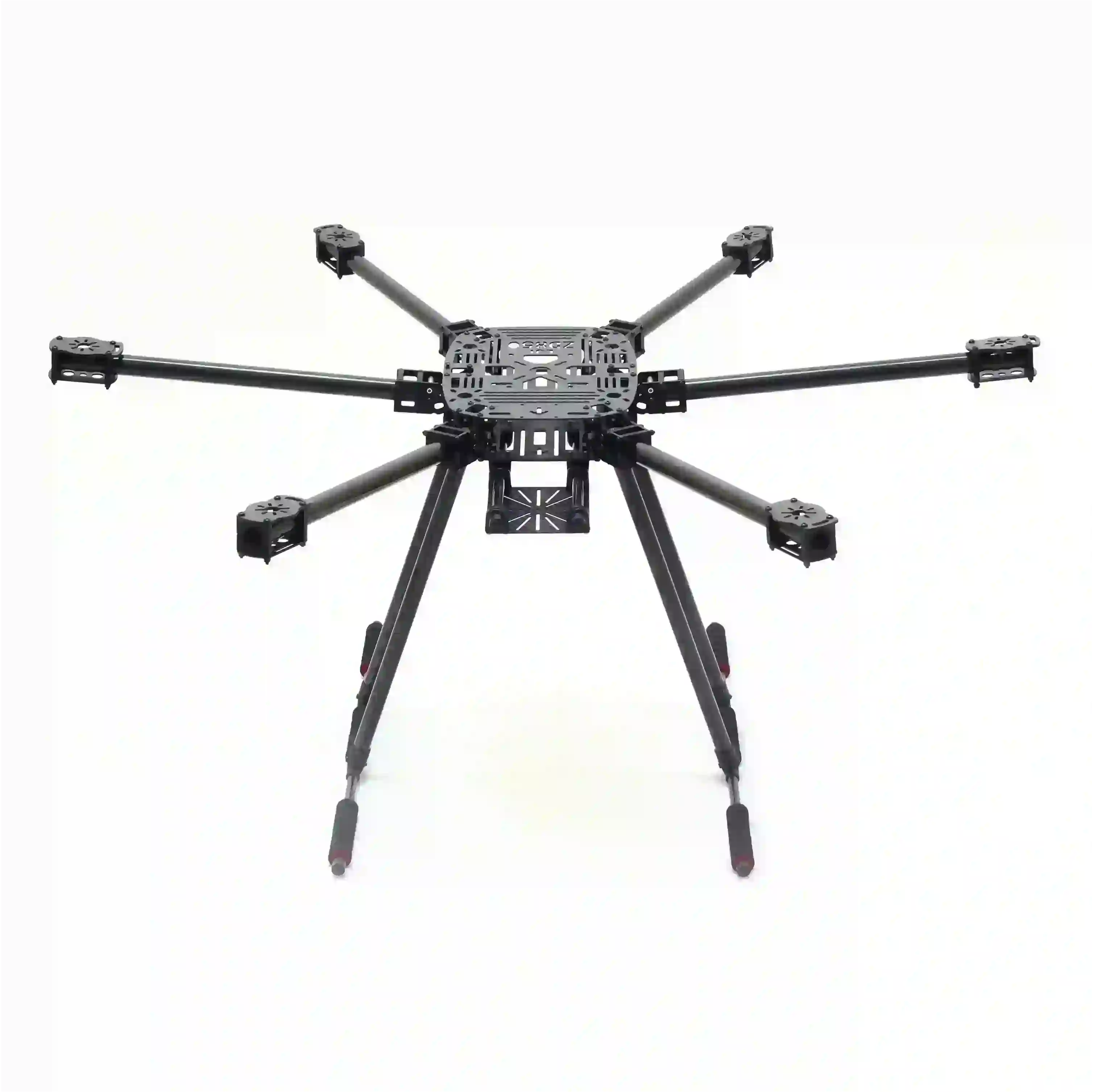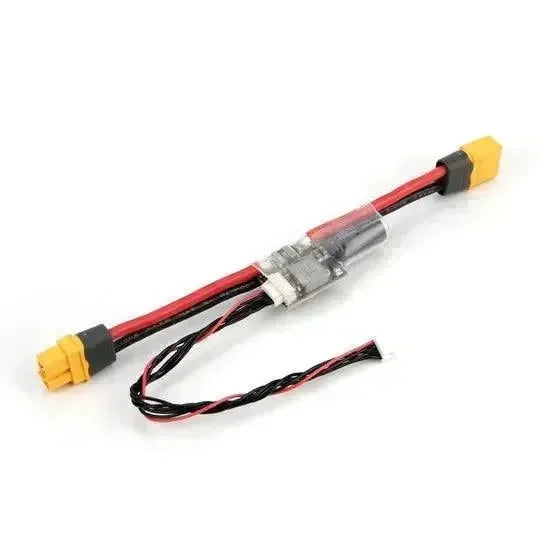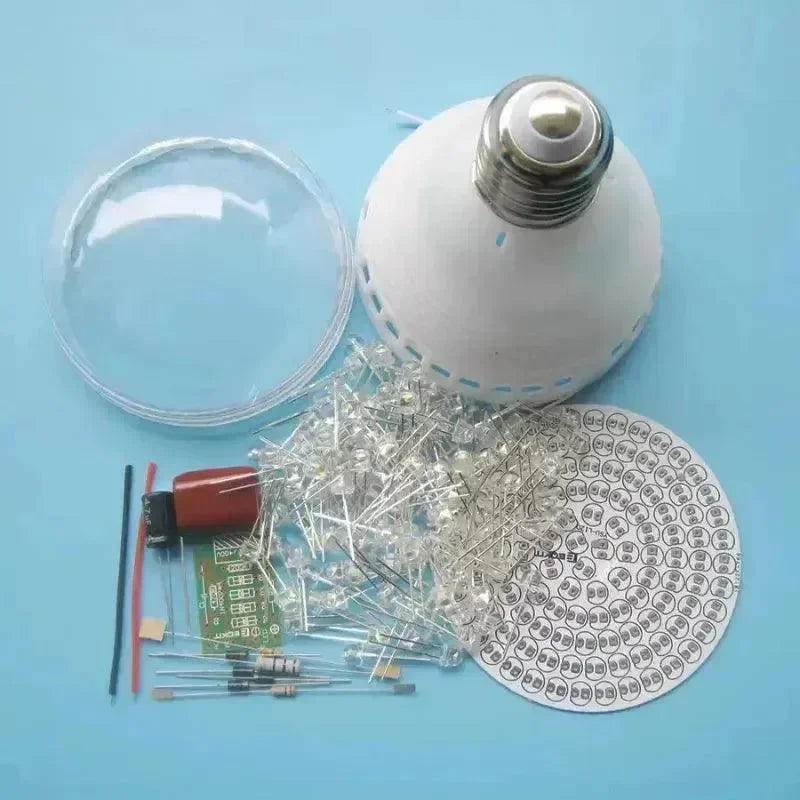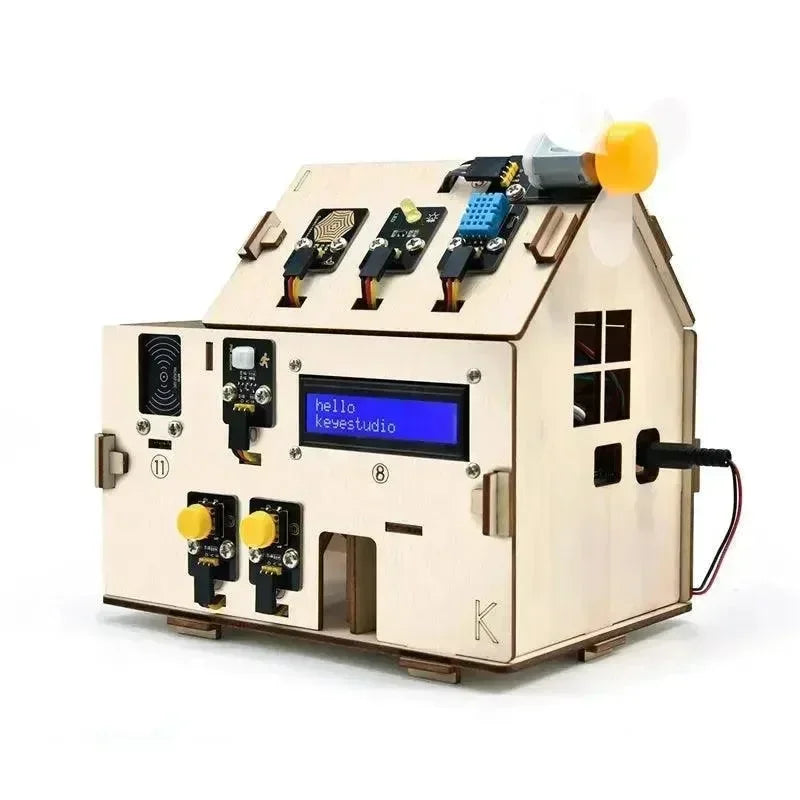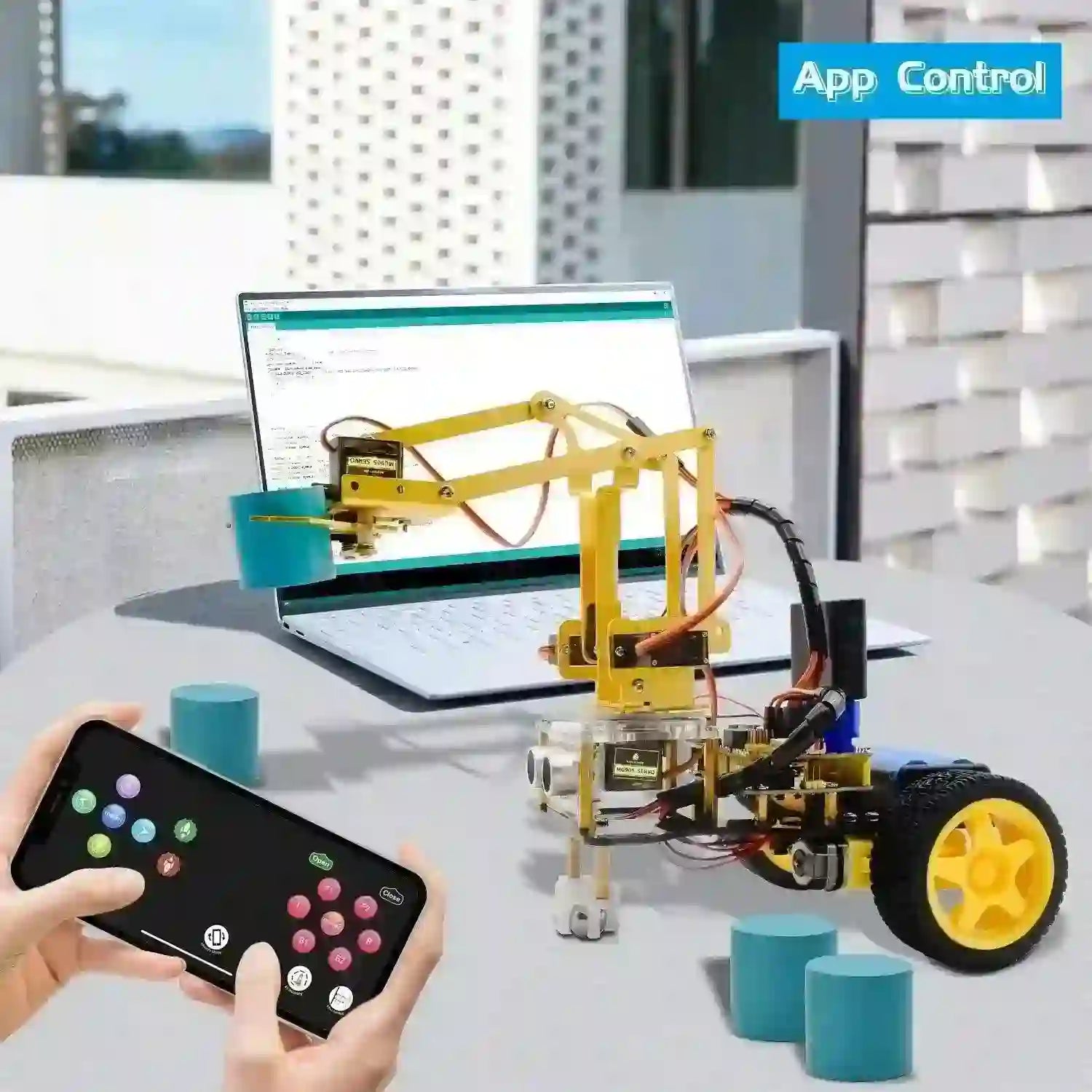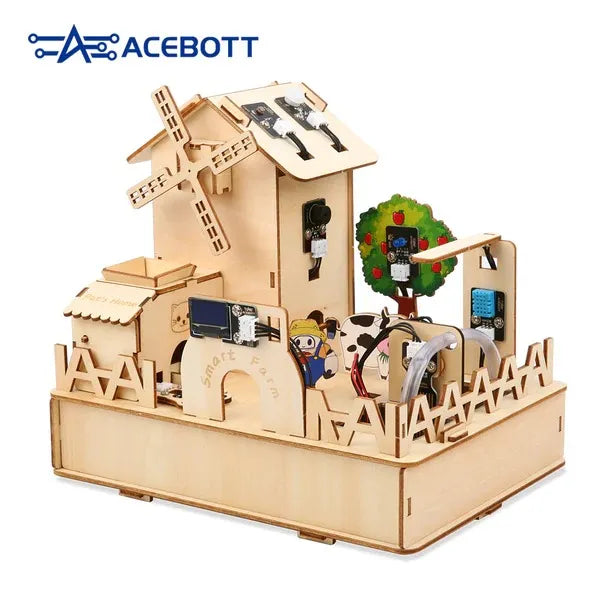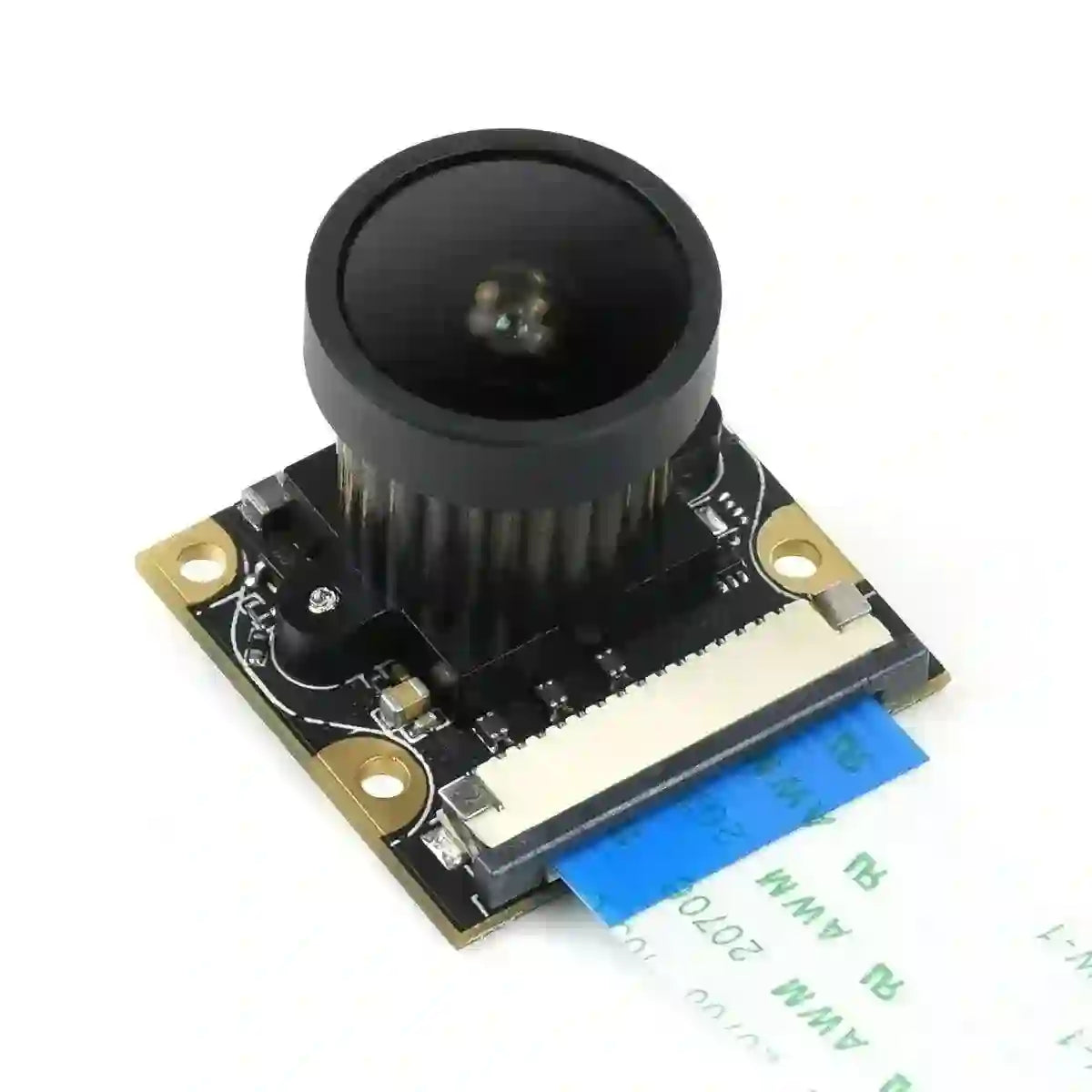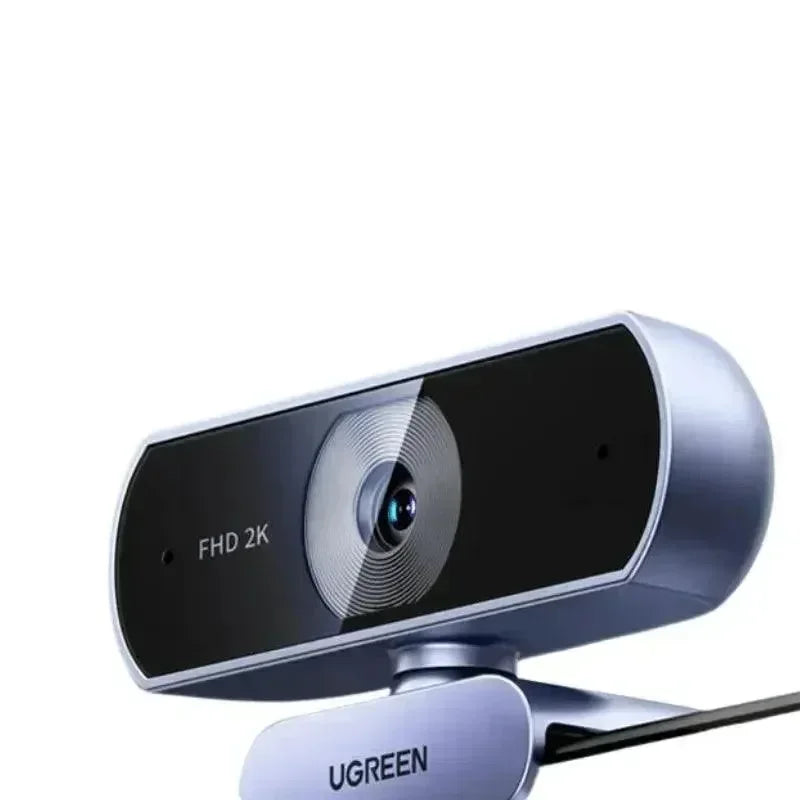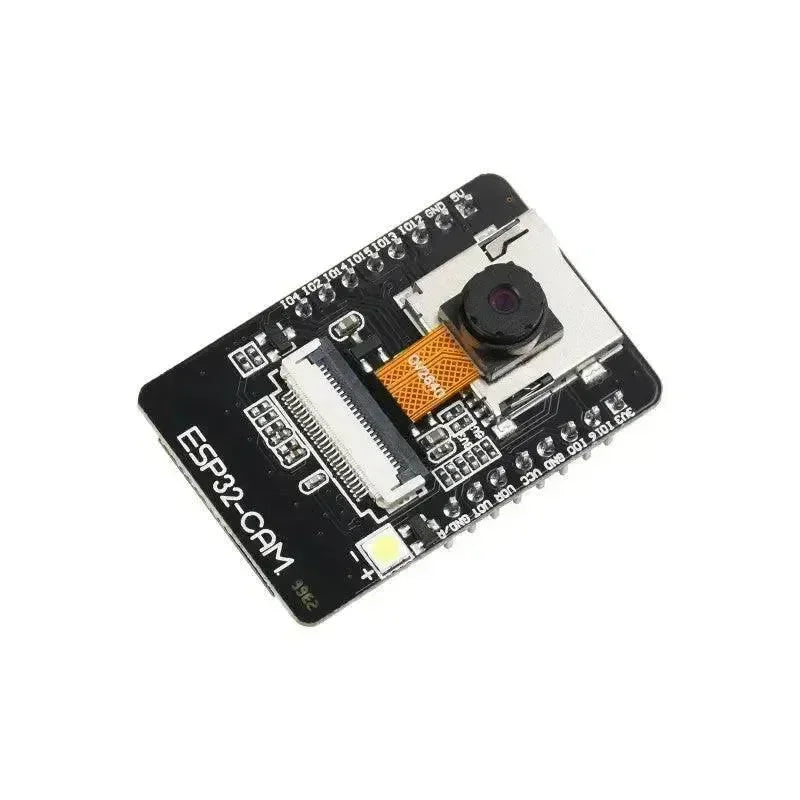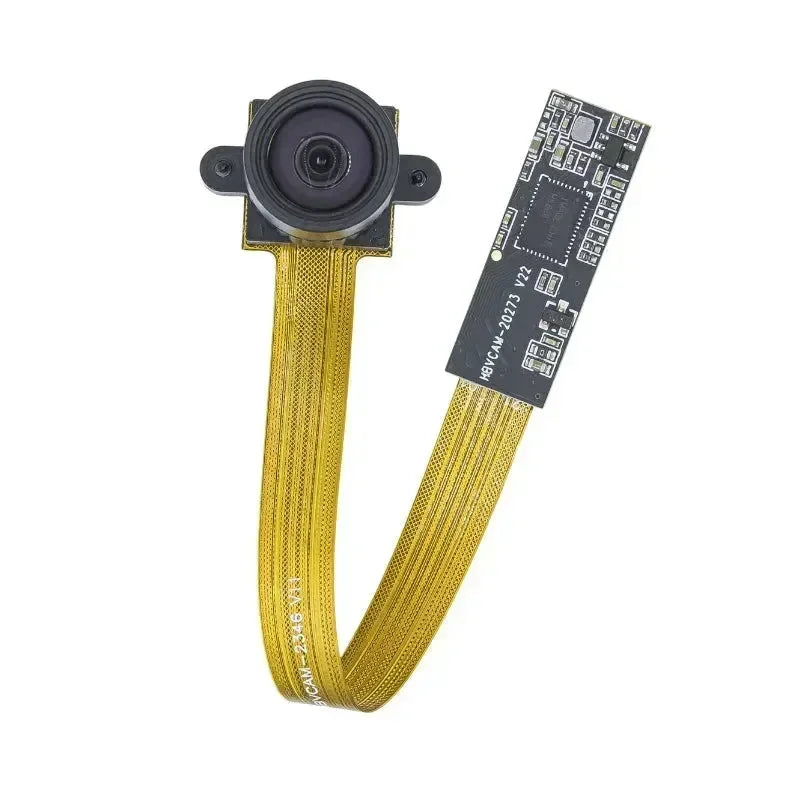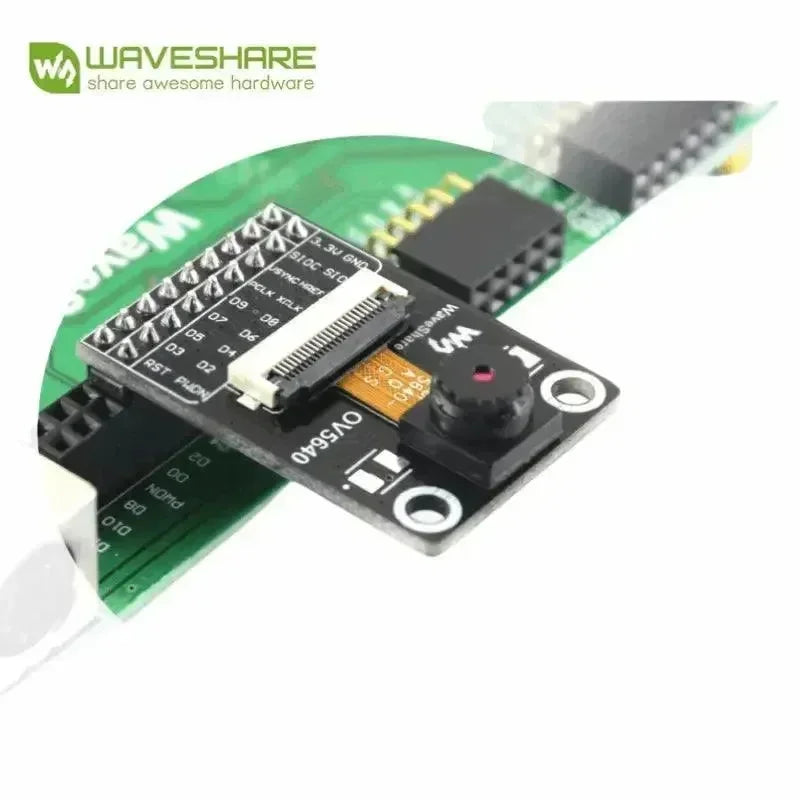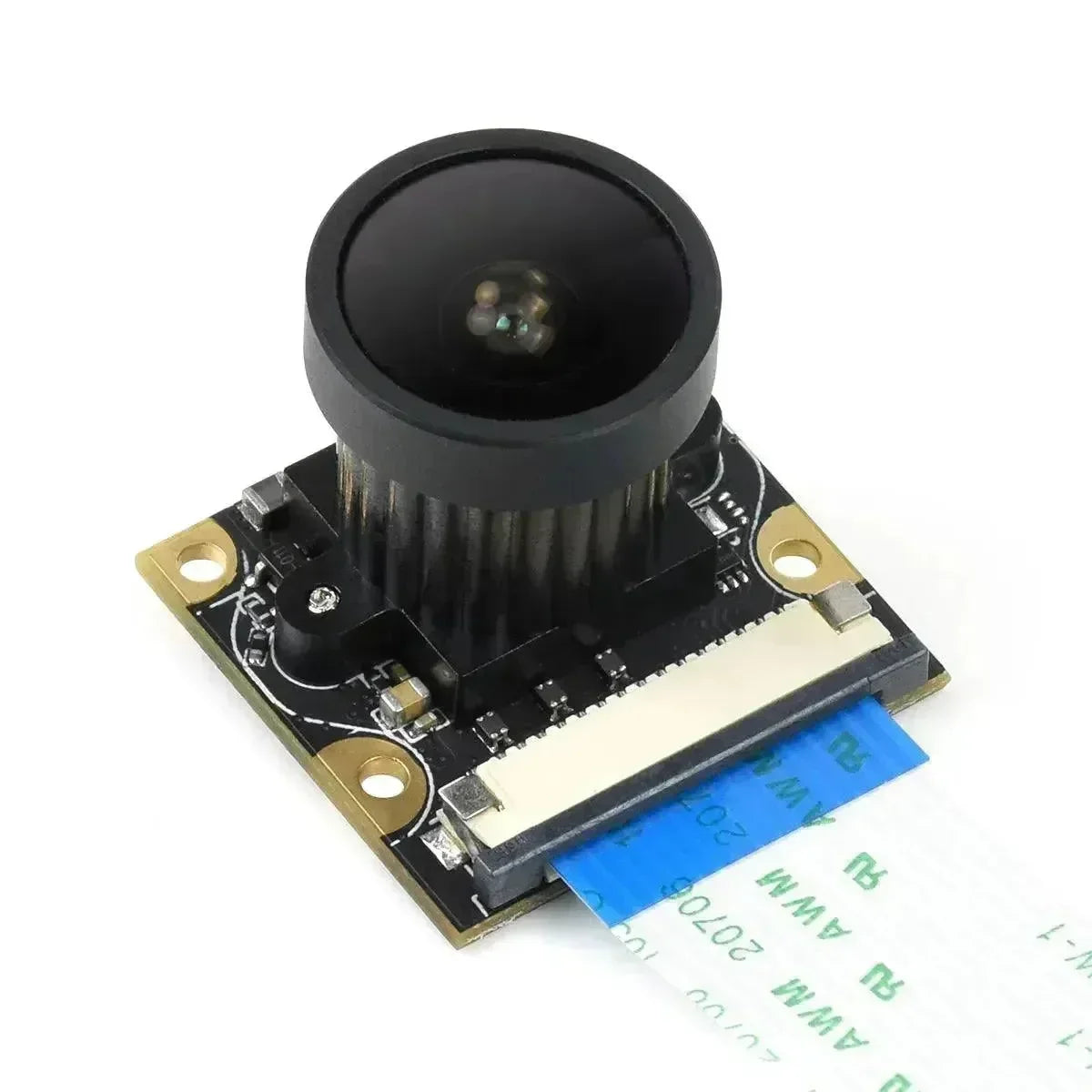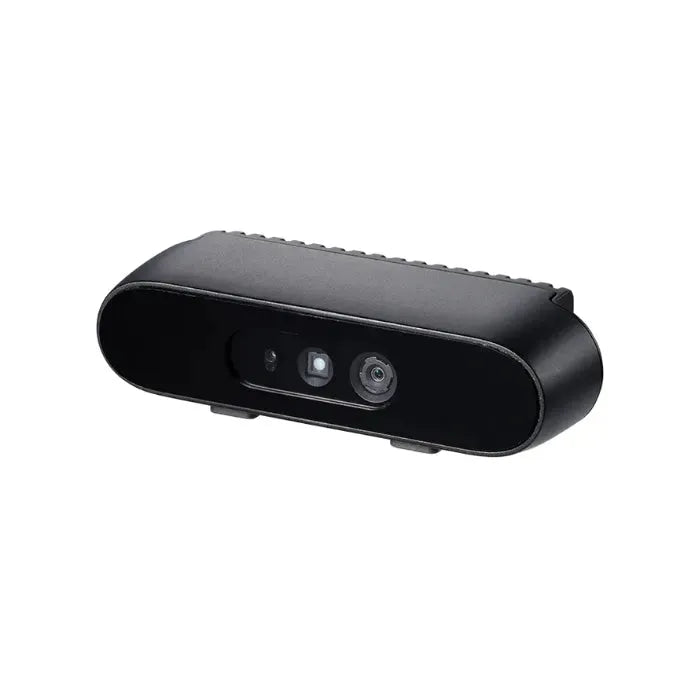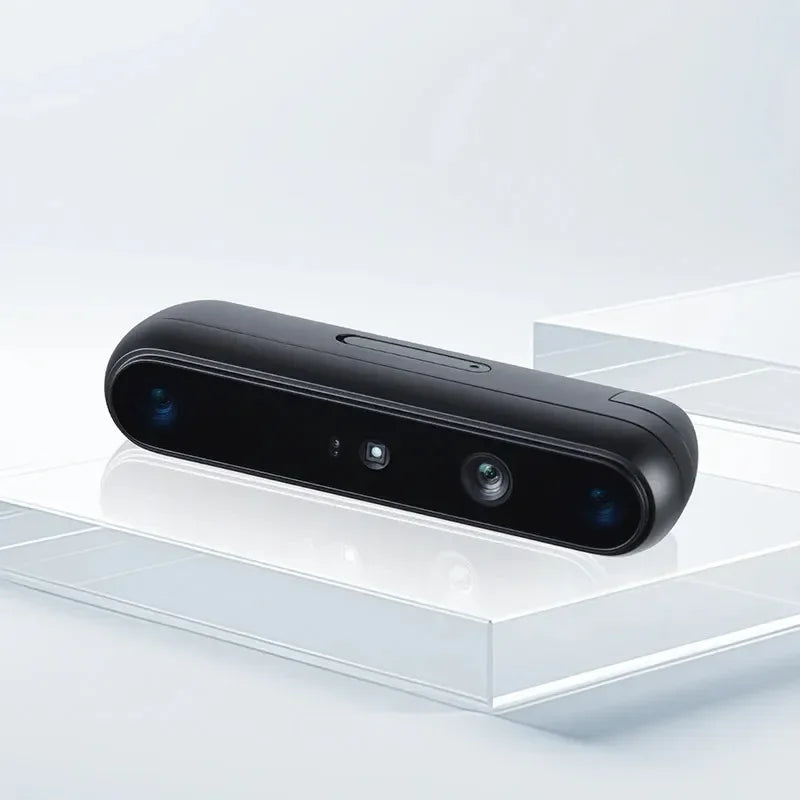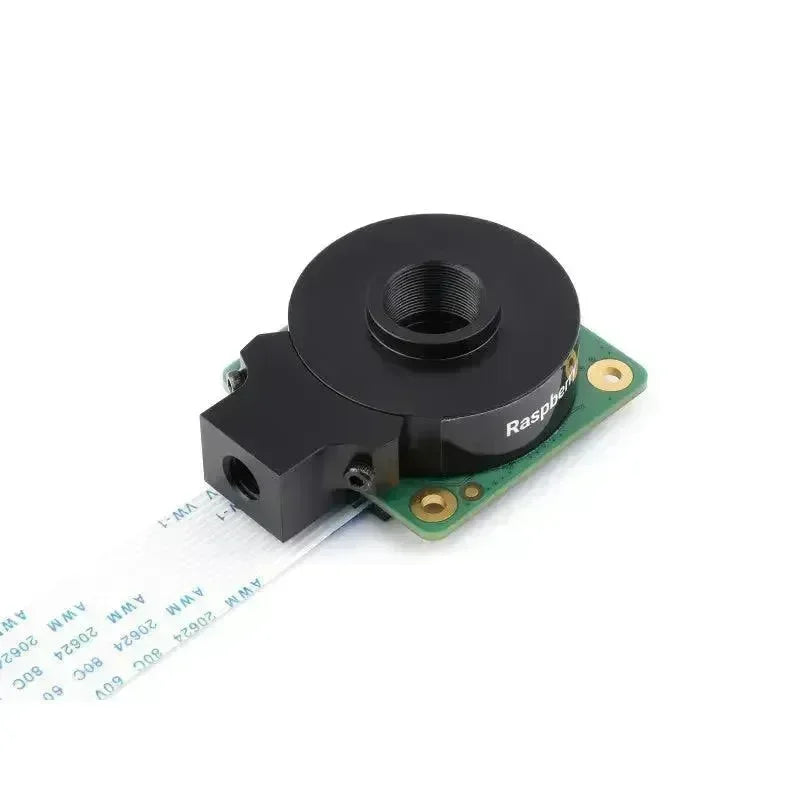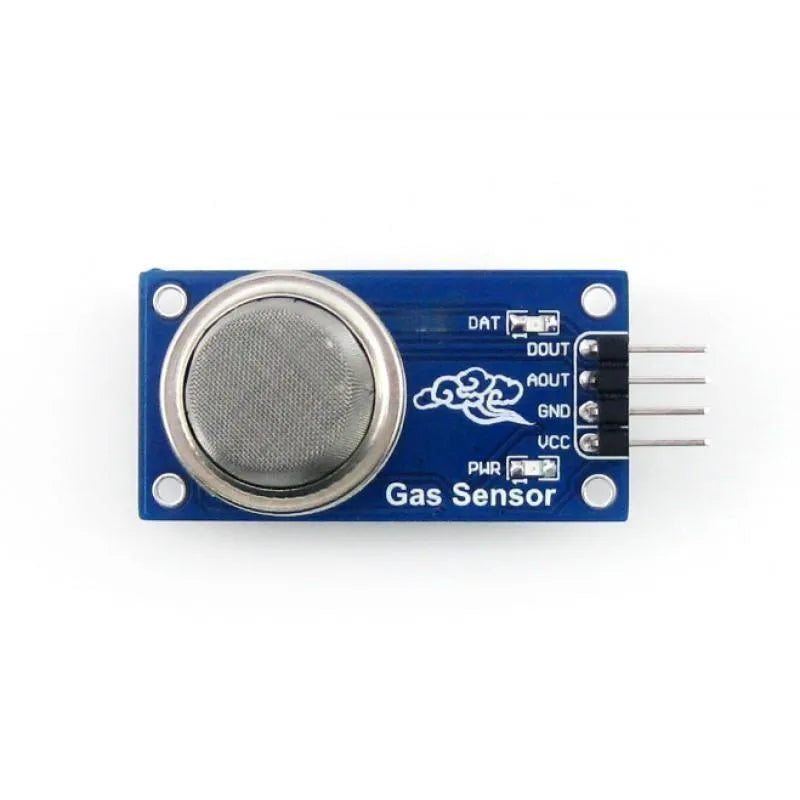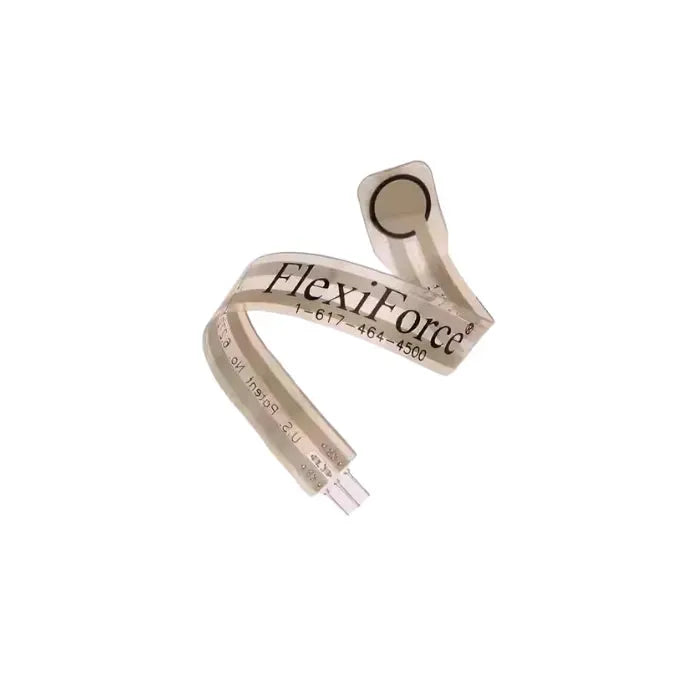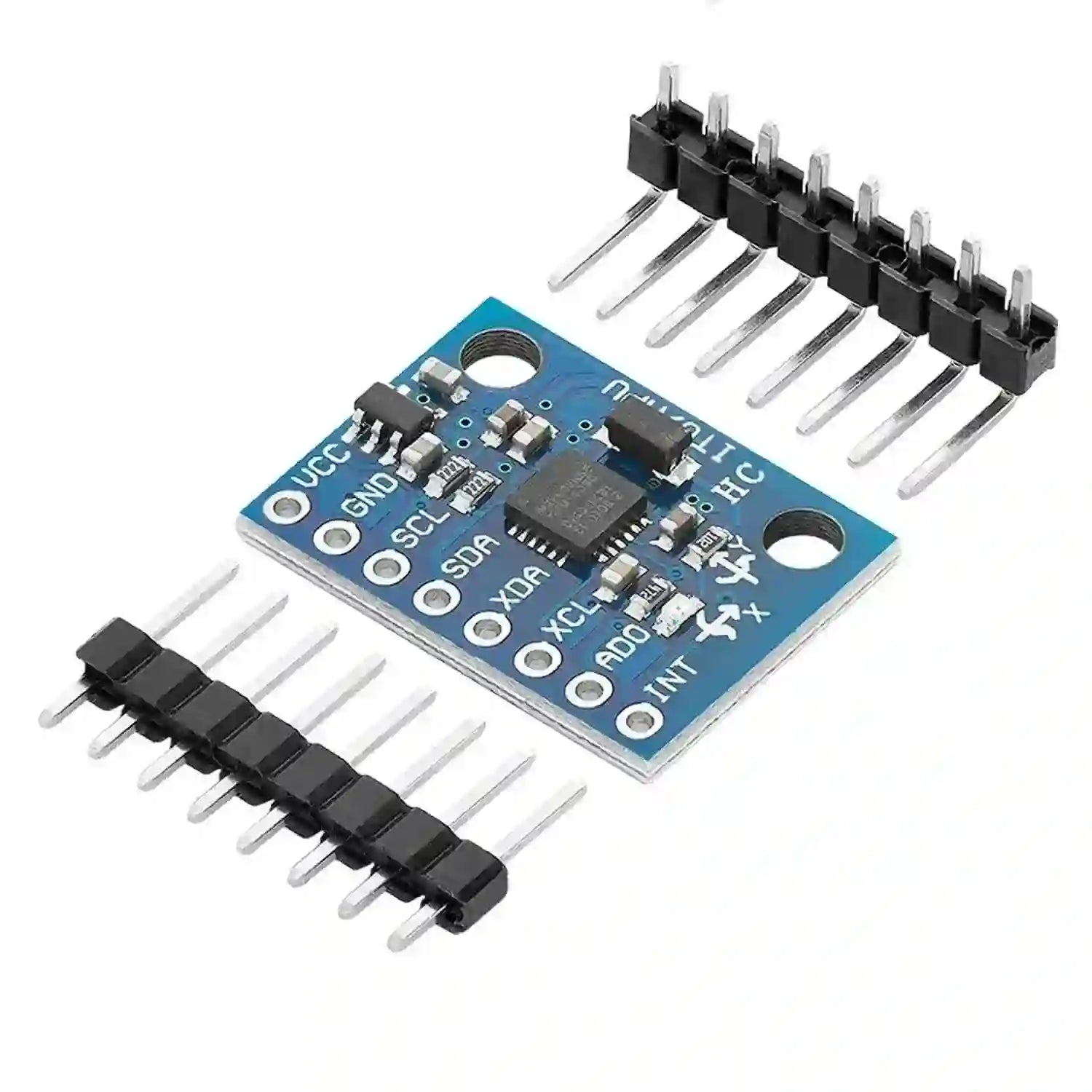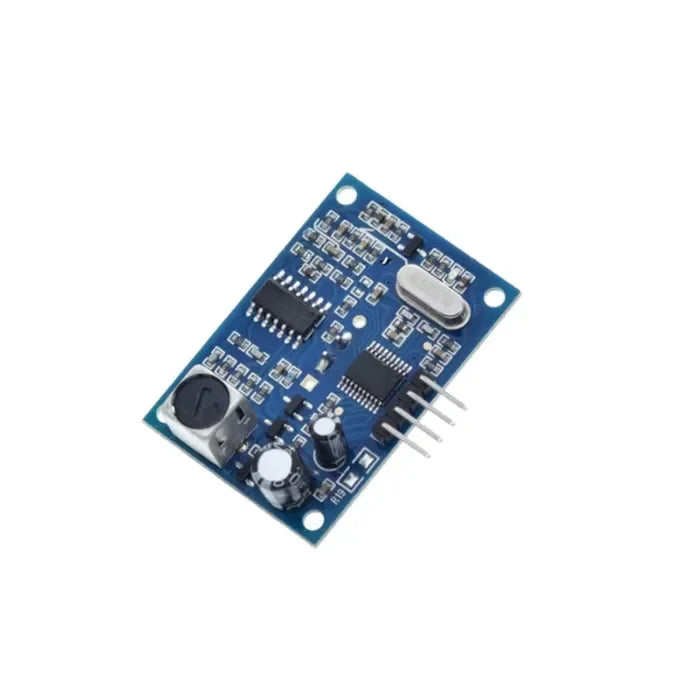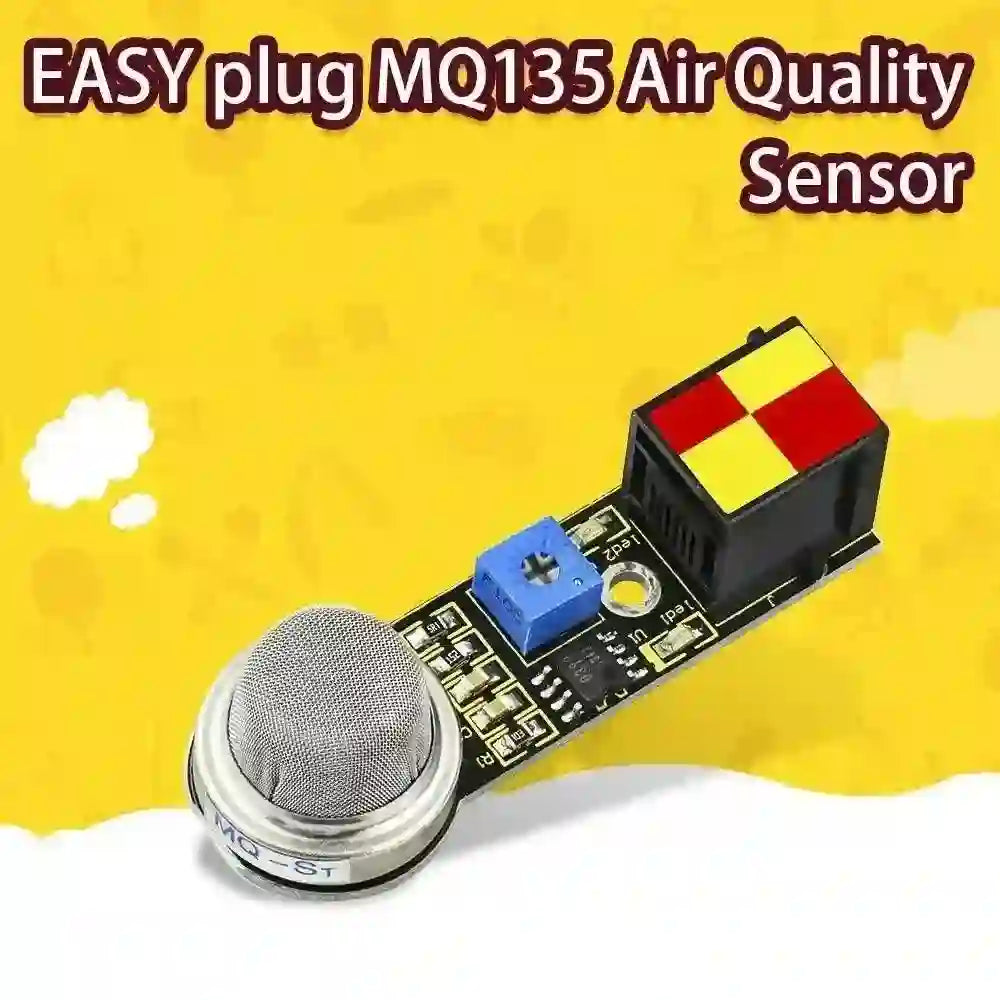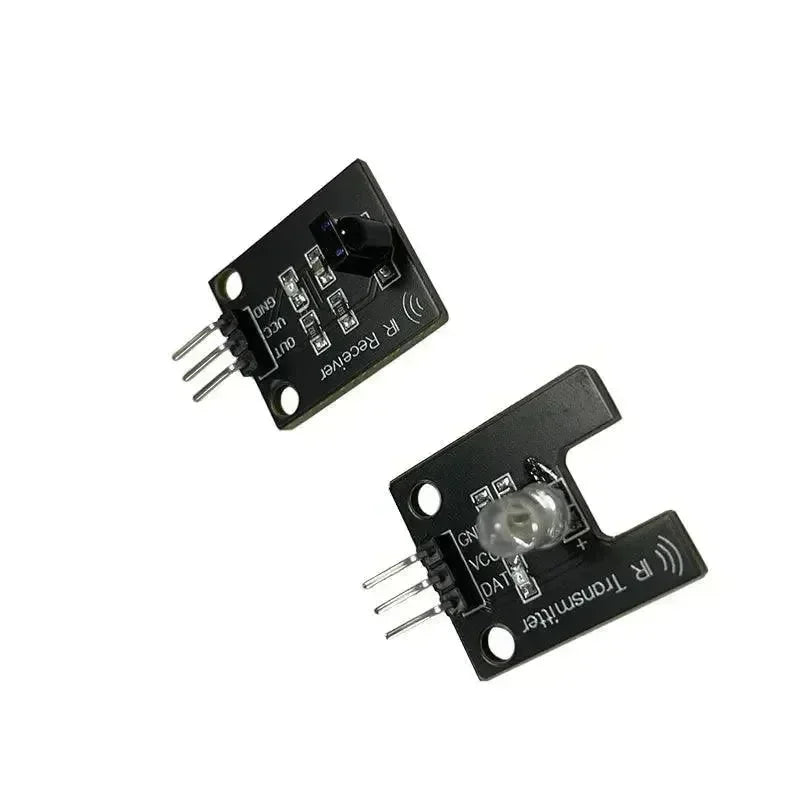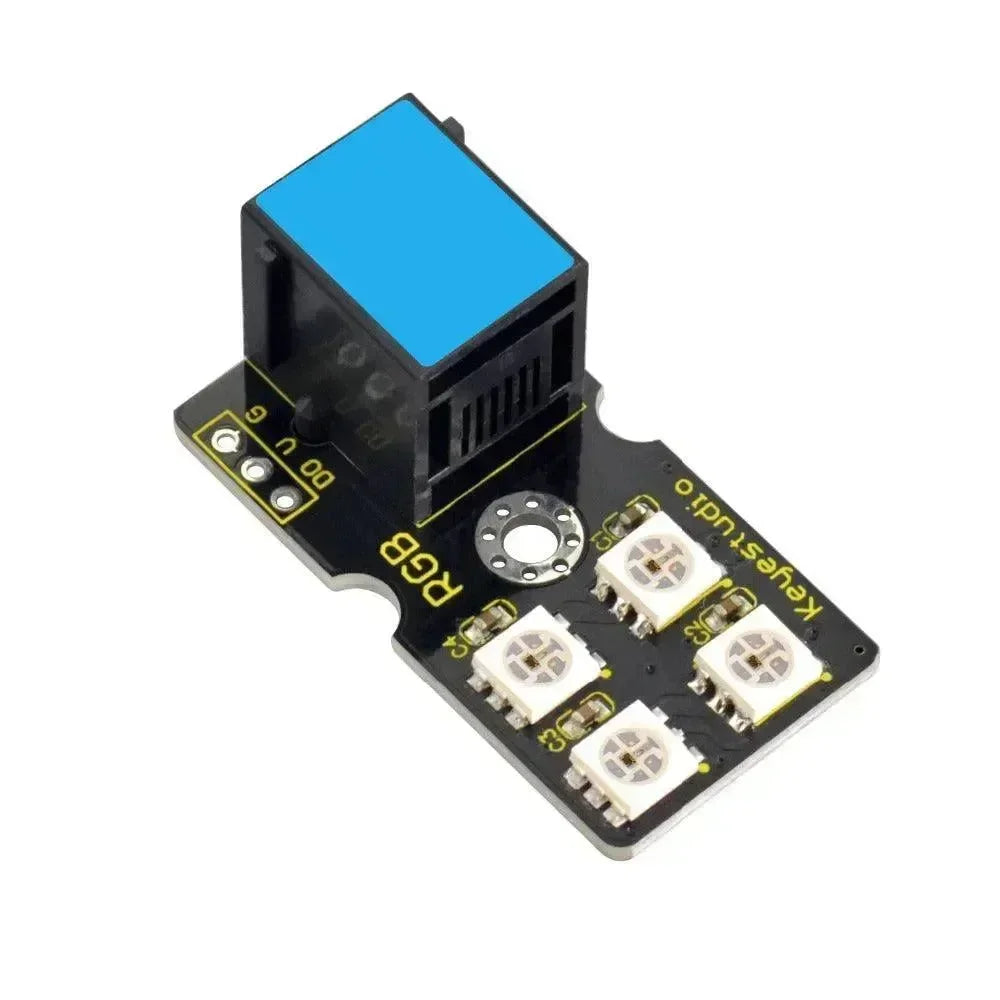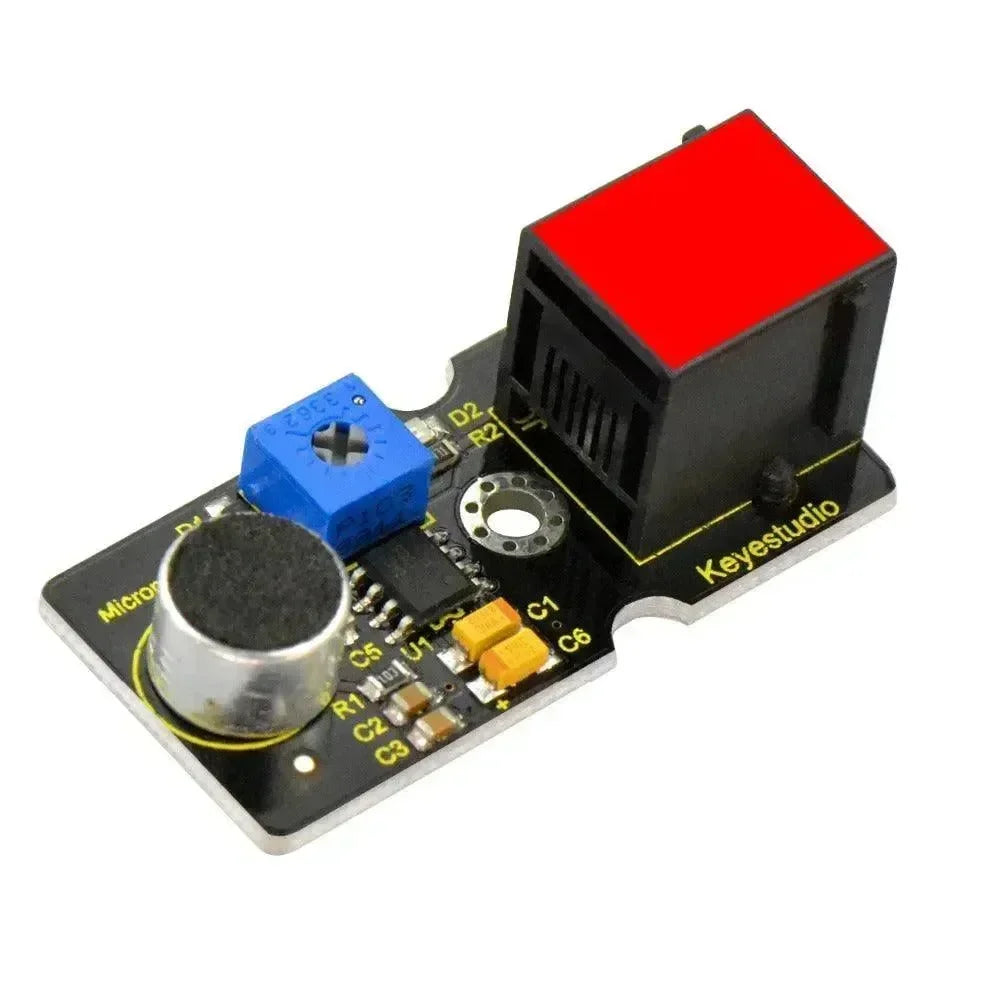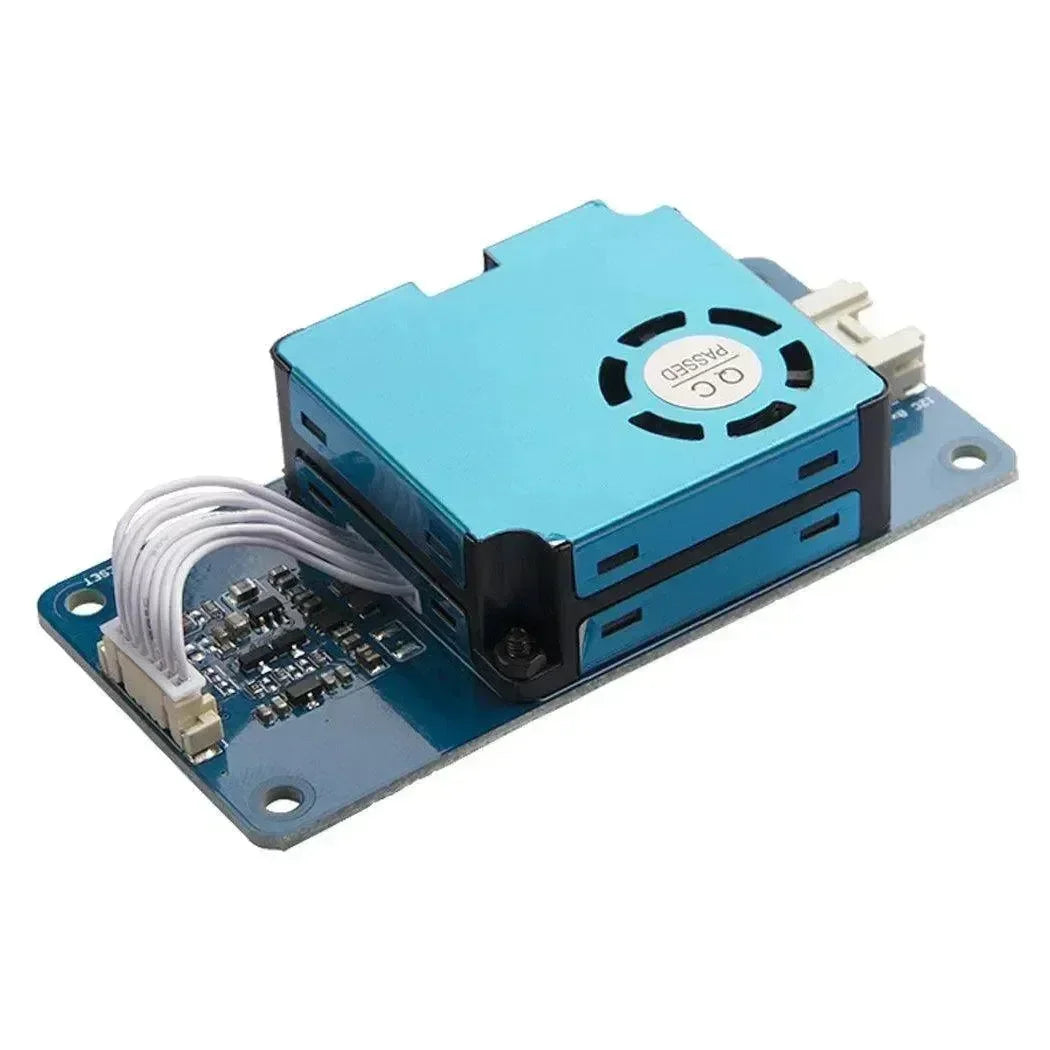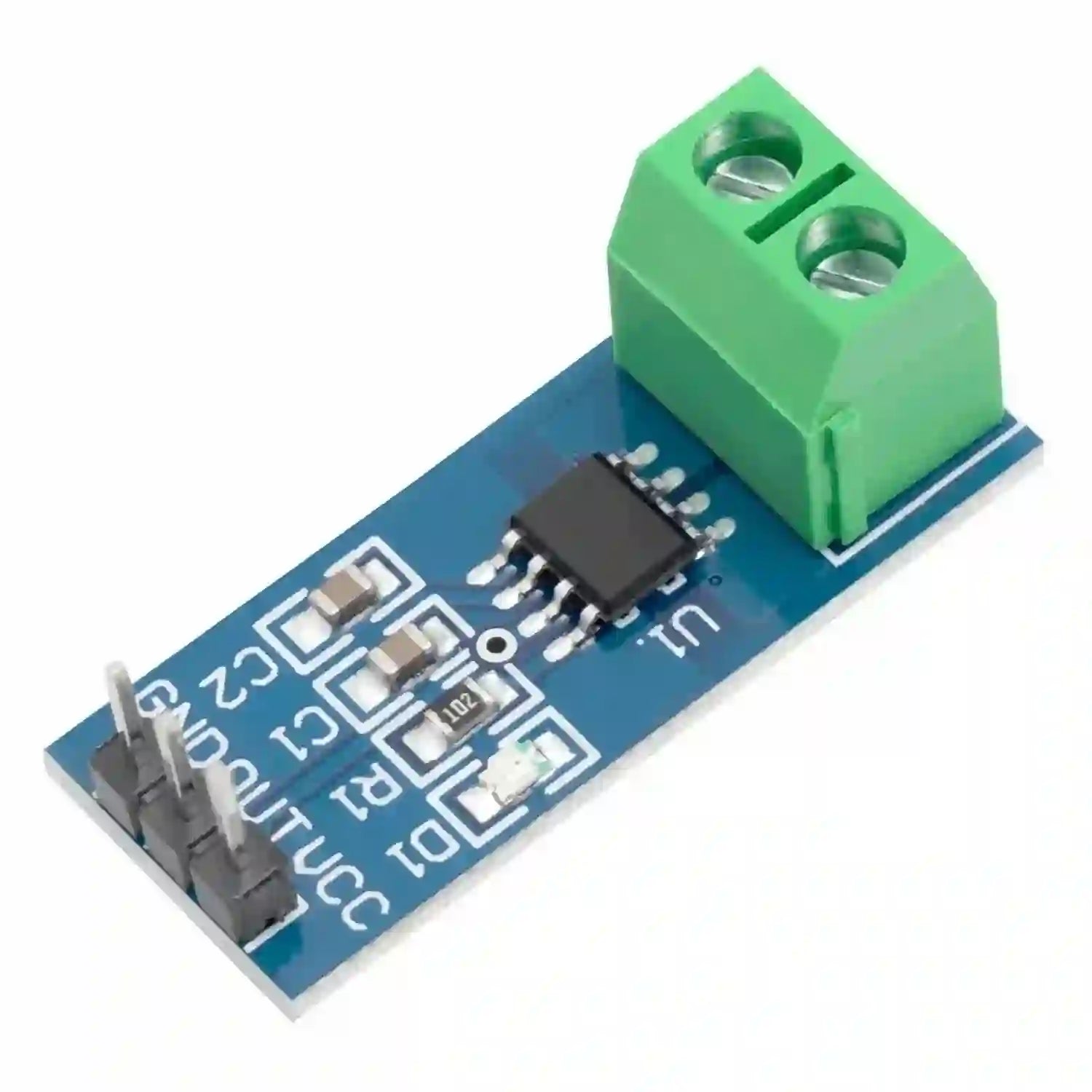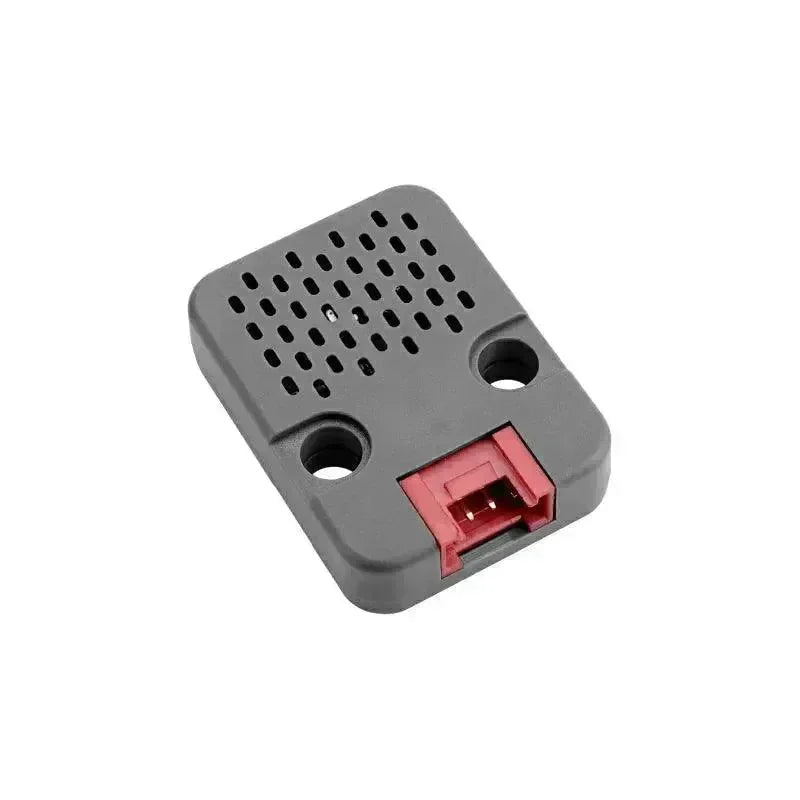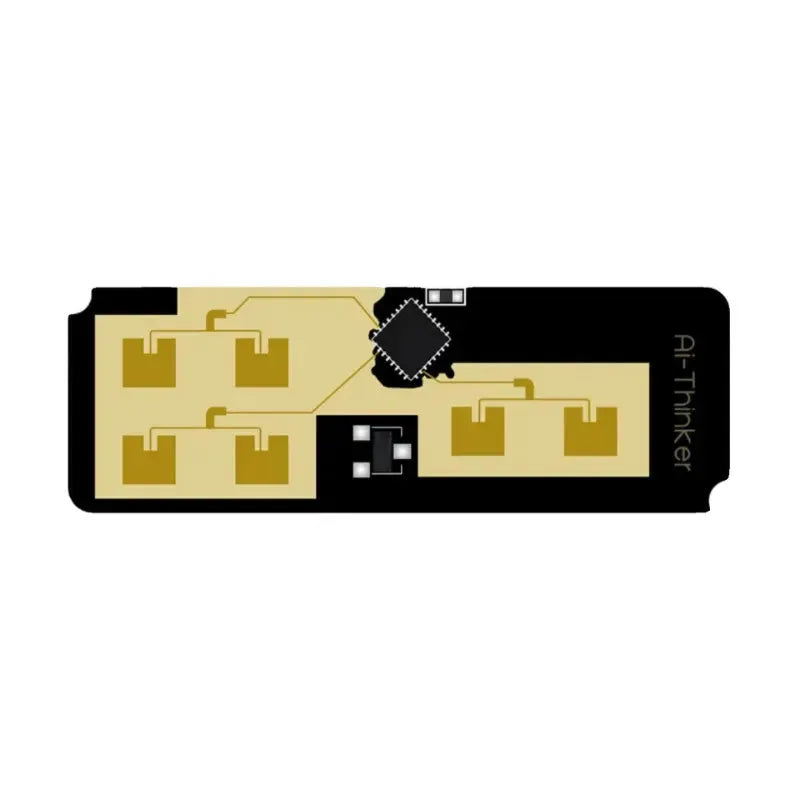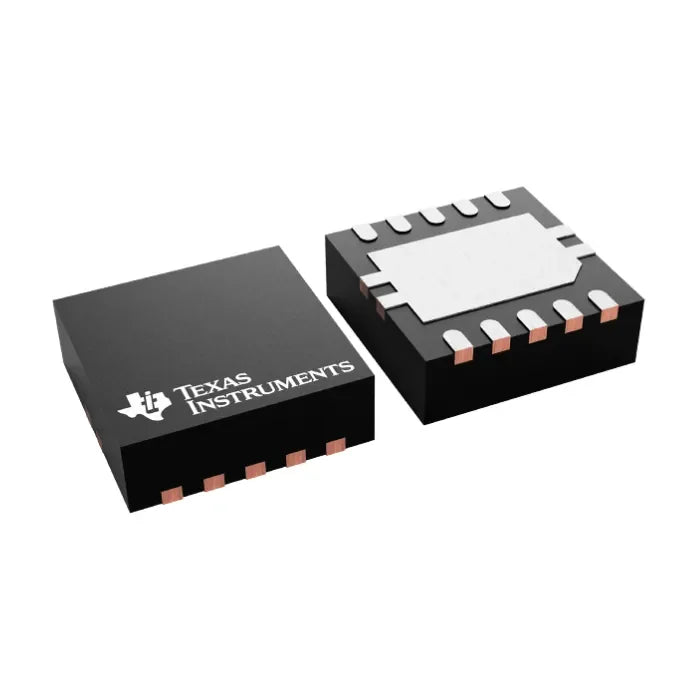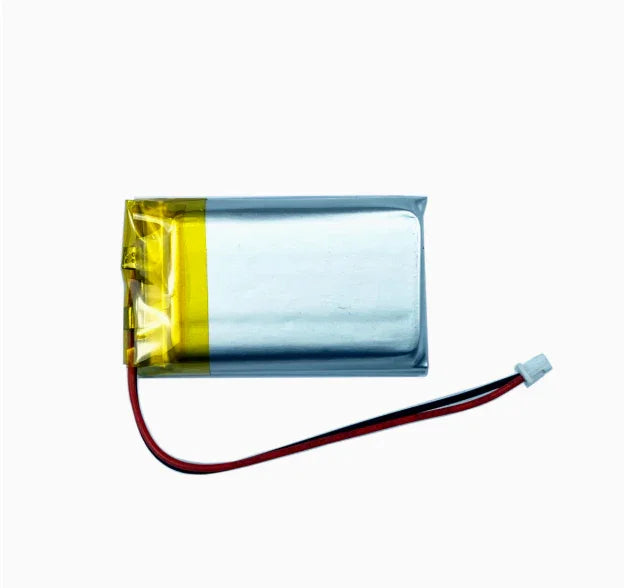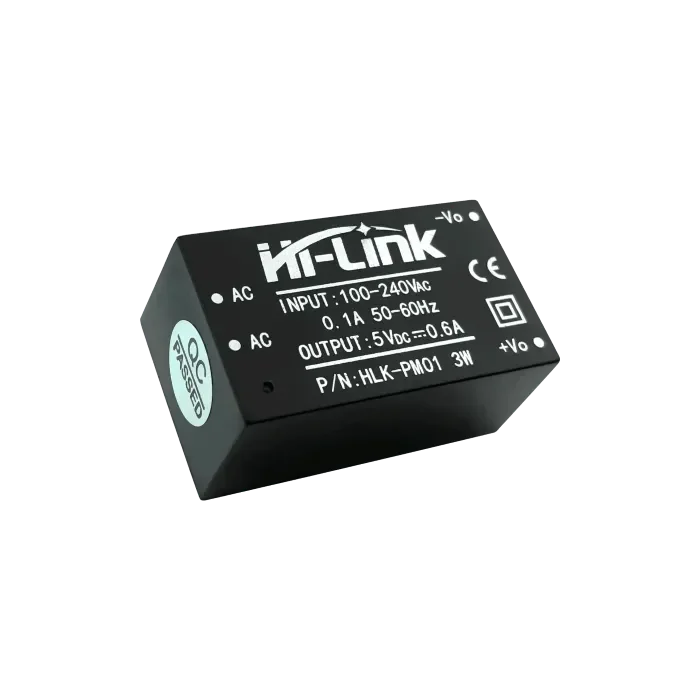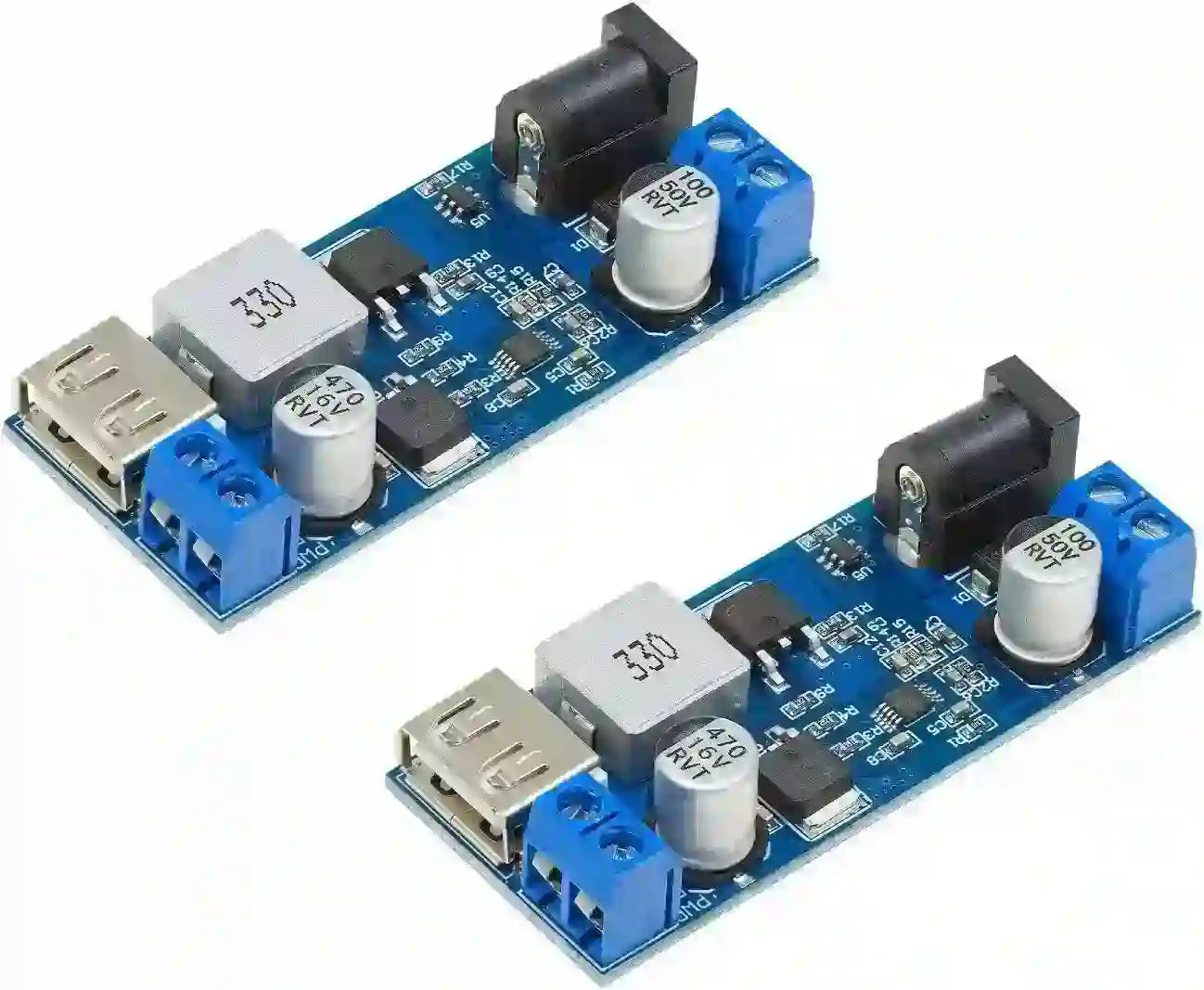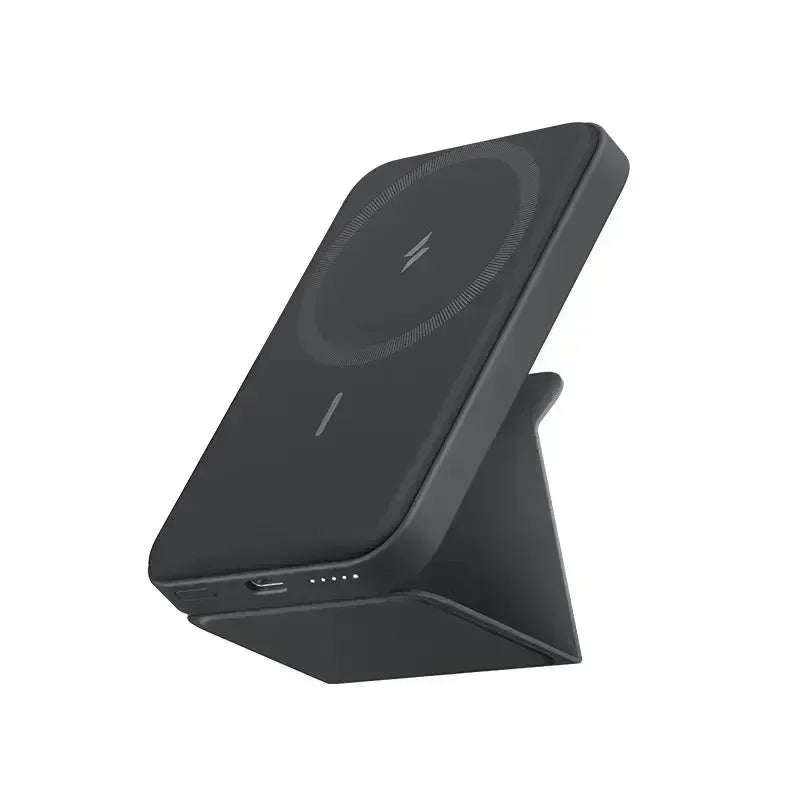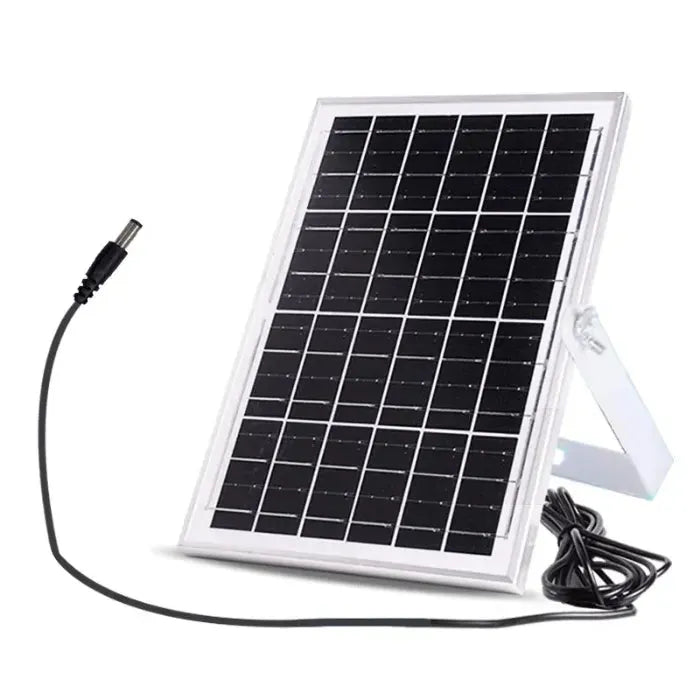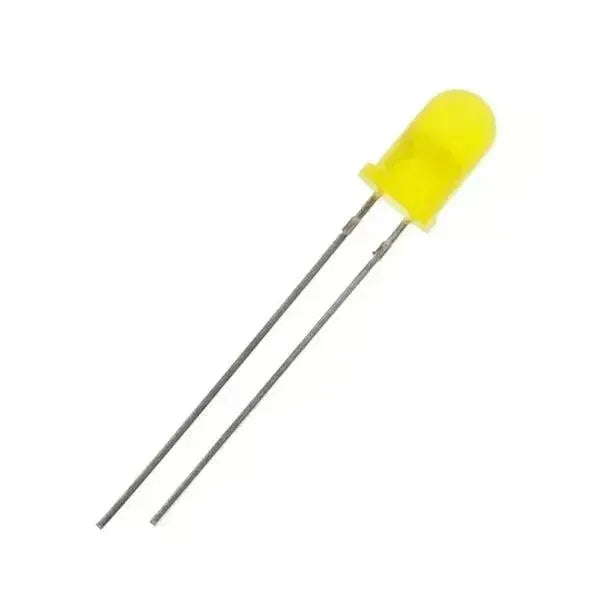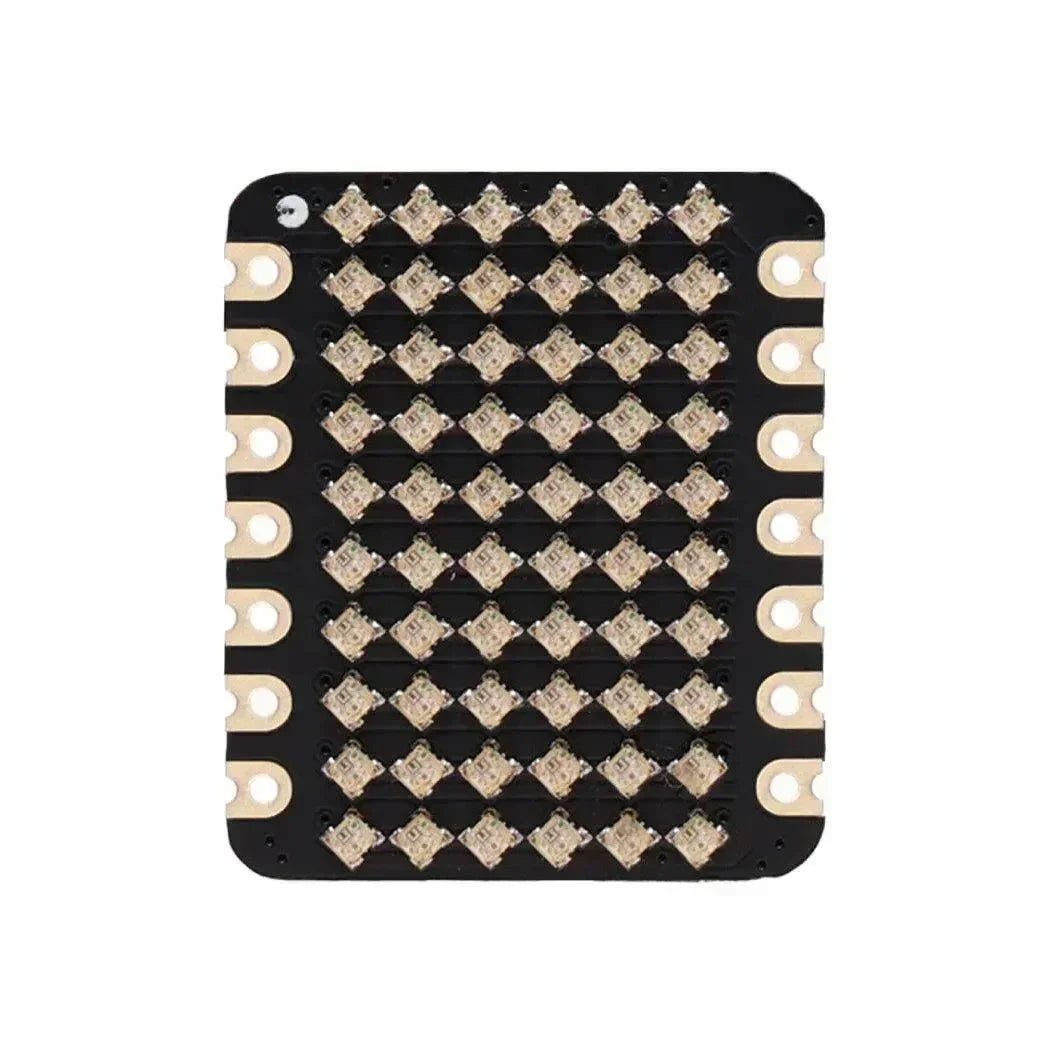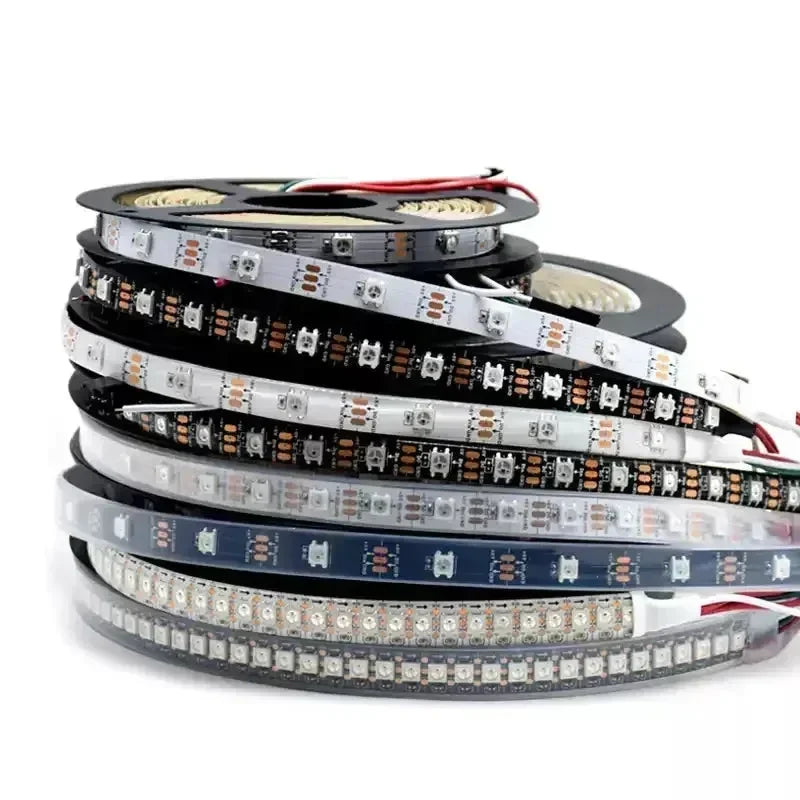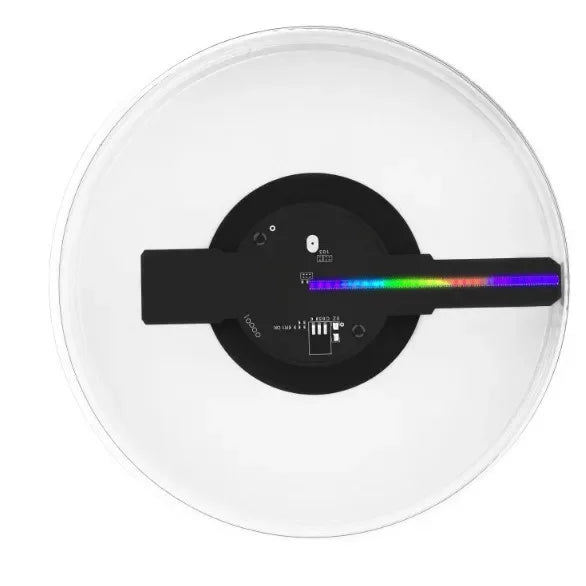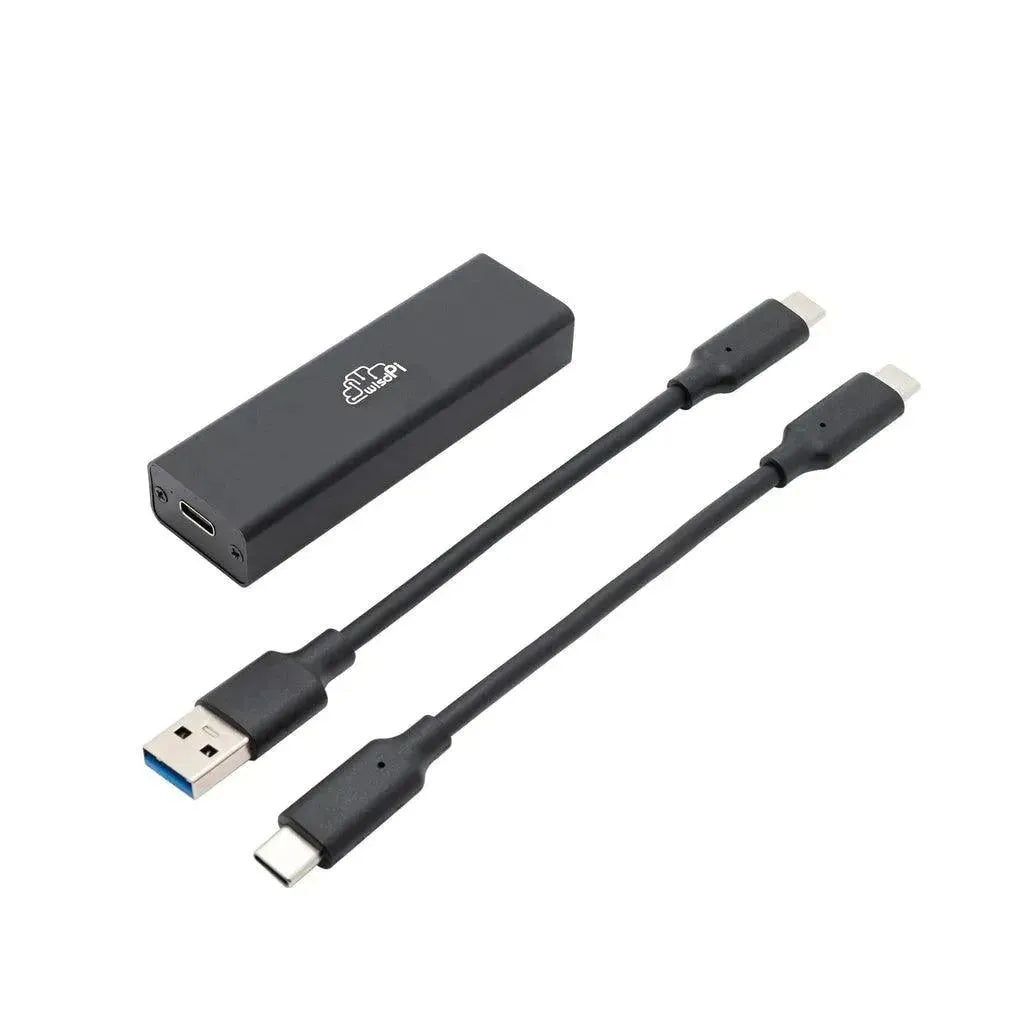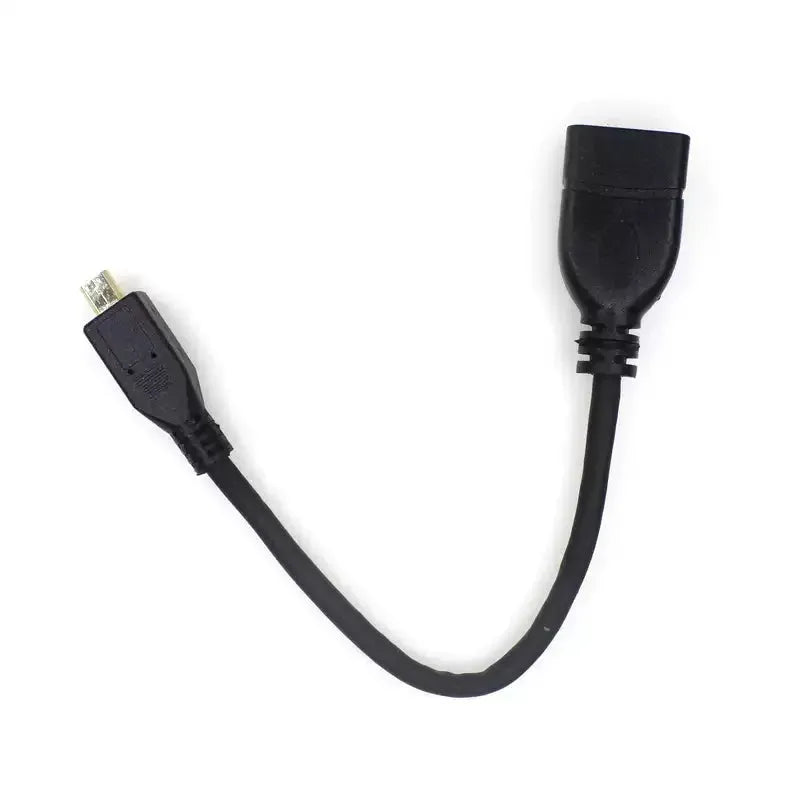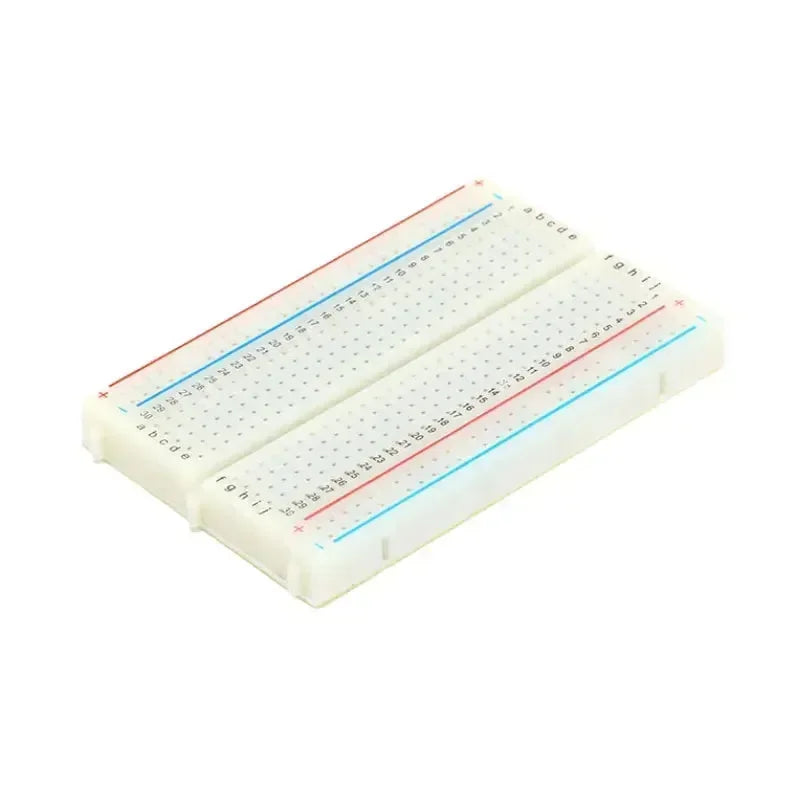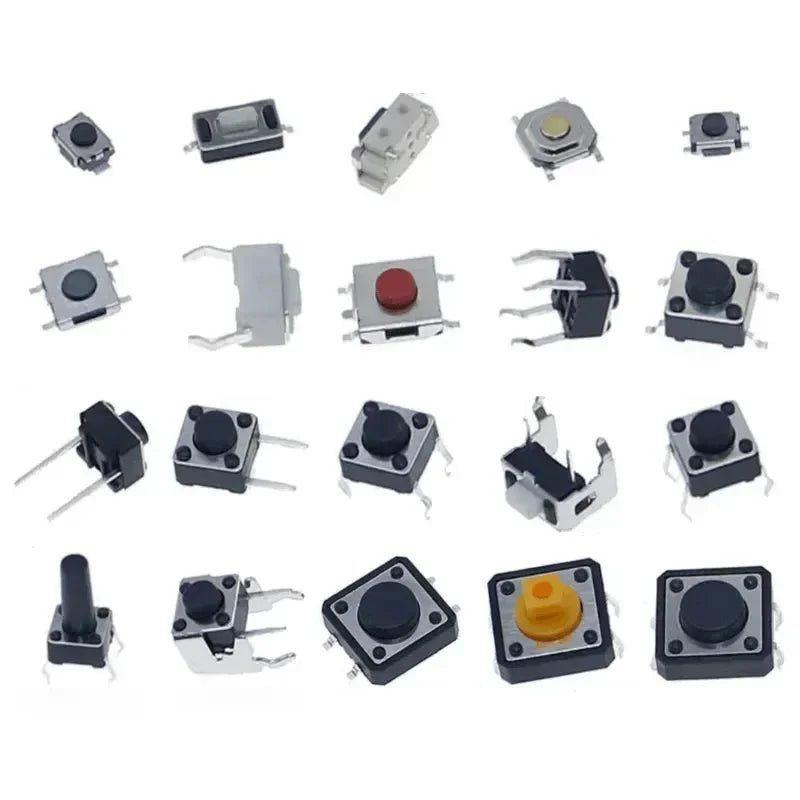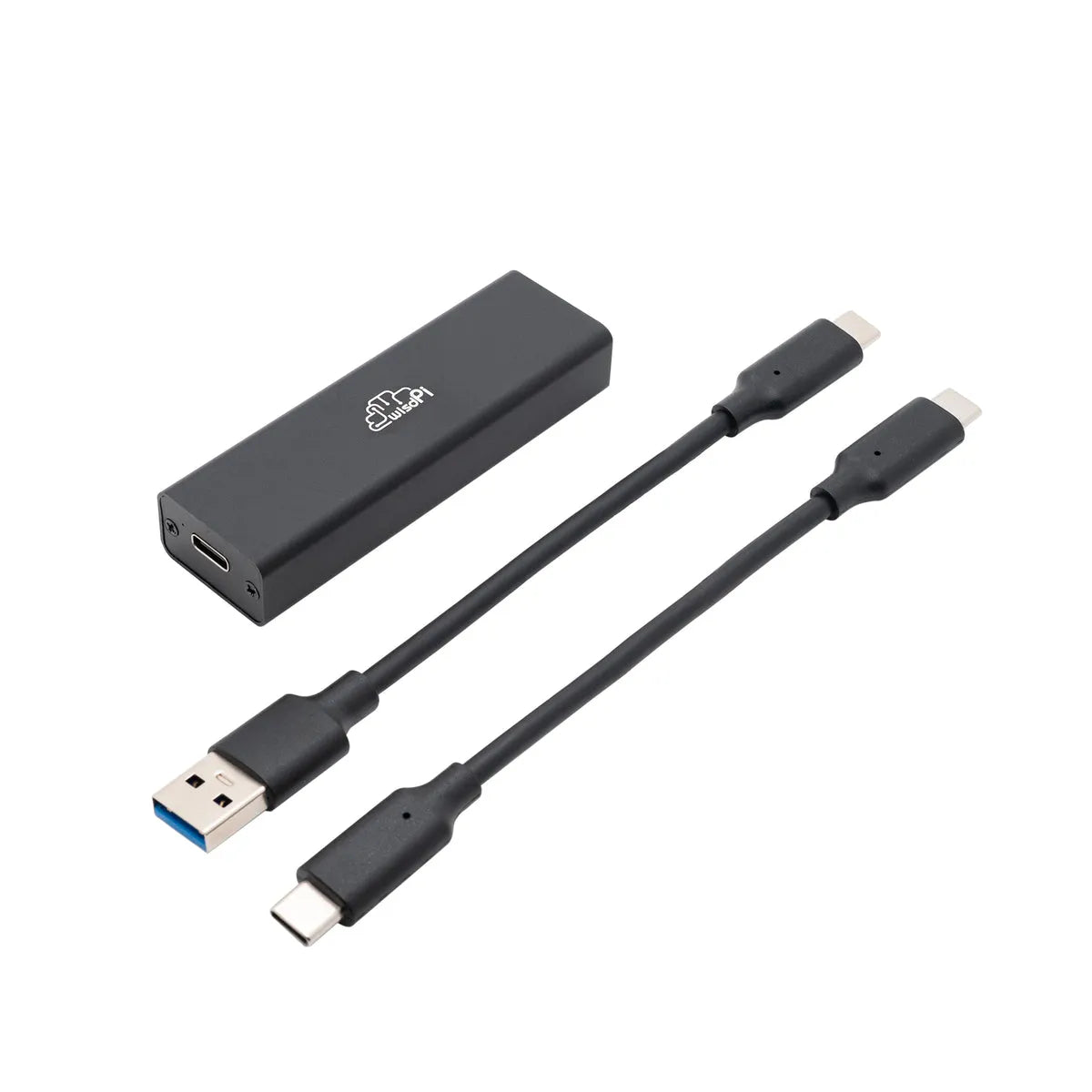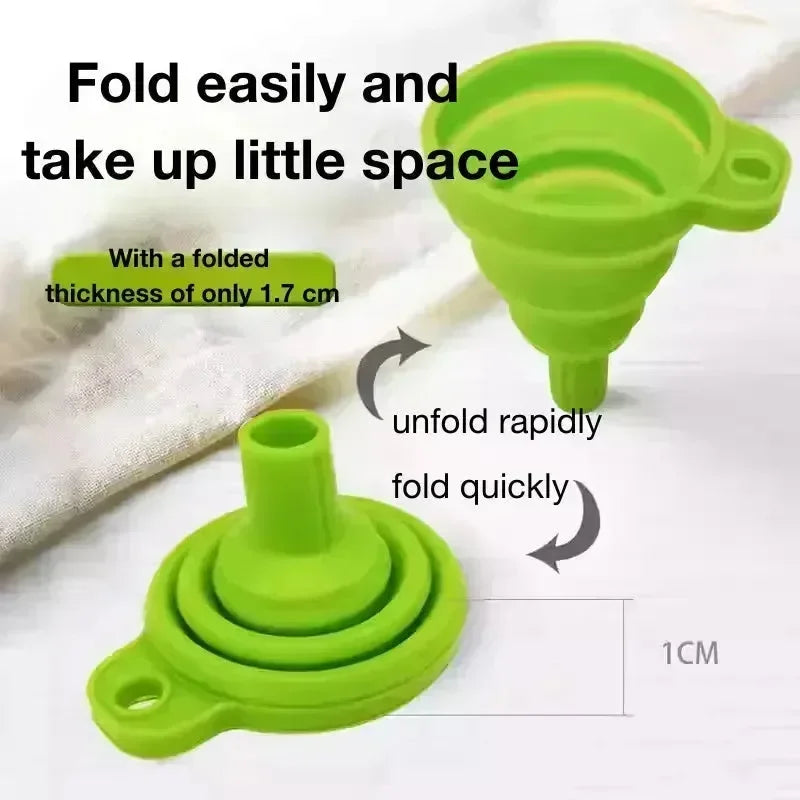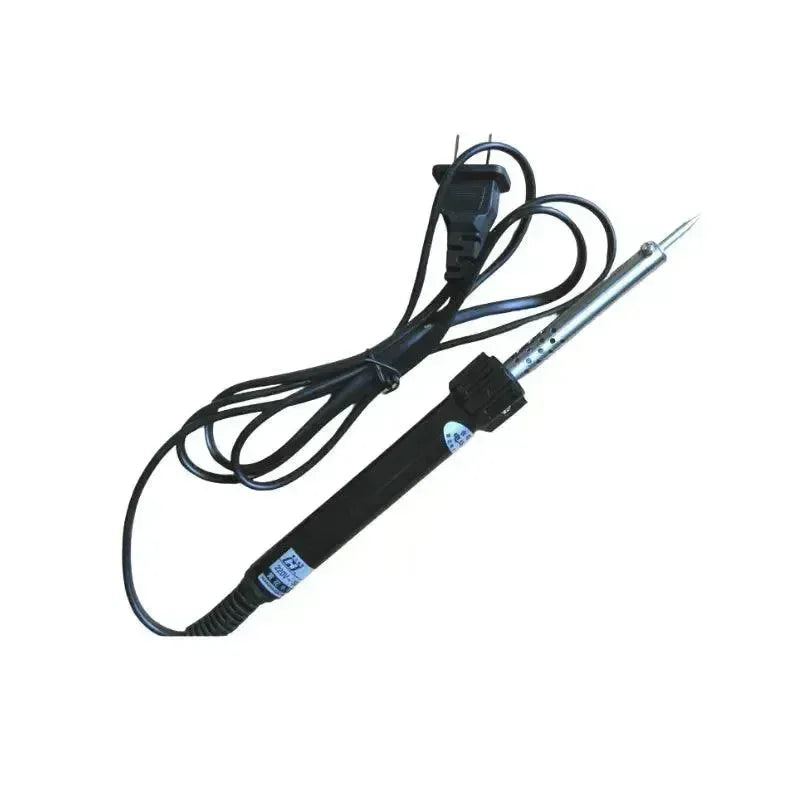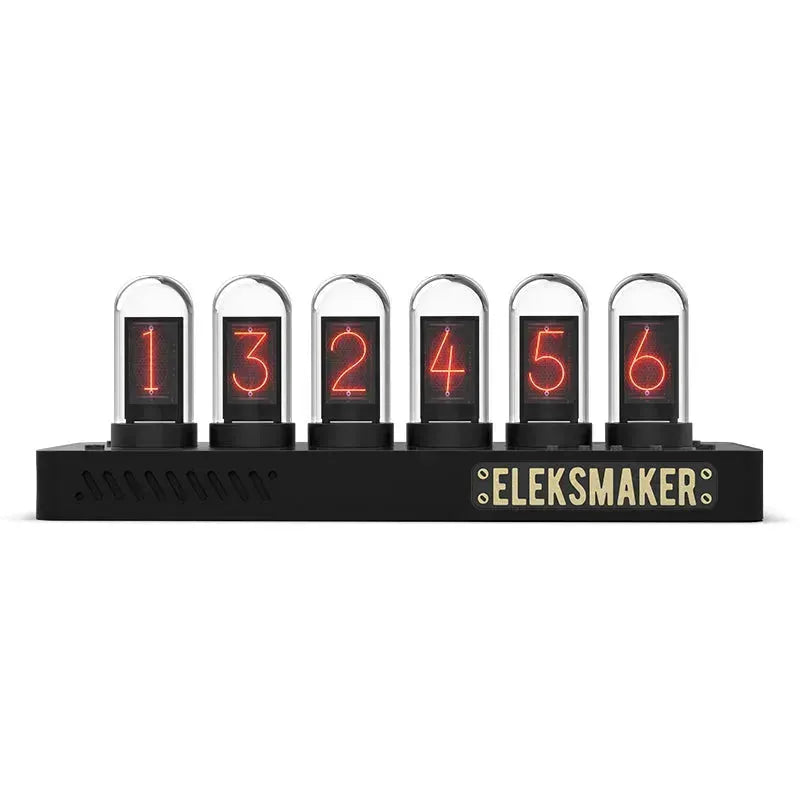As the falling cost of solar panels and the strengthening of zero-carbon energy regulations lead to an increase in solar power installations worldwide, the process is expanding from utilities to commercial to residential applications on a large scale, and the number of residential solar systems is expected to grow significantly over the next five years. These systems will provide clean, green energy to homes, power appliances, charge electric vehicles, and even sell excess power back to the grid. In the event of a power outage, it can also ensure that the power supply of the house is not compromised. This article will introduce you to the main components and technological developments of residential solar systems, as well as the power solutions introduced by onsemi.
Residential Solar Inverter: Meet Home Electricity Needs
A residential solar inverter system is a home power generation and storage solution that includes an array of photovoltaic (PV) panels that generate a variable DC voltage, and a boost converter that uses a method called maximum power point tracking (MPPT), which optimizes the captured energy based on the intensity and direction of sunlight, to boost that voltage to a higher DC link voltage. The single-phase DC/AC inverter then converts the DC link voltage (typically < 600 VDC) to the AC voltage (120 to 240 V), which is then connected to the load or grid.
There are different types of residential solar inverters, but the two most common are micro inverters and cluster inverters. Microinverter solar systems use multiple DC/AC inverters, each connected to a single photovoltaic panel, typically producing up to 1 kW of output power. A series inverter system combines multiple series photovoltaic power generation inputs. However, connecting multiple solar panels is less efficient than a micro-inverter system, because if one panel receives less light than the other panels in the series, the output of the entire system suffers. However, they are cheaper than micro inverter systems, with one inverter per panel.
Power optimizers (DC-DC converters with integrated MPPT) help improve the efficiency of the cluster inverter system, which converts the variable DC voltage of the photovoltaic panel to a fixed DC voltage, meaning that the low PV output of a single panel will not affect the overall efficiency.
Battery storage systems (BESS) are critical for residential solar systems, and in most cases, energy is captured when it is least needed - during the day, when people are not home. Using batteries to store energy allows for flexible use of electricity when needed (at night when the family is home). A two-way converter connects the BESS to the solar system, and during the day, the converter charges the battery array while the photovoltaic panels generate electricity. At night, when the panels are not generating electricity, the bidirectional converter releases the energy stored in the battery to drive the load.
To achieve high efficiency, DC-DC converters included in string inverters or micro-inverters can use MPPT to maximize the power generated by photovoltaic panels under different environmental conditions. DC-DC converters can be based on a variety of isolated and unisolated topologies, for solar residential converters, the most common non-isolated topology is the single boost converter, and the common isolated topology is the flyback converter. Both topologies are low-cost and have narrow form factors. There are also DC-AC inverters, which can be built using a variety of topologies, but the weight, size and cost of the inverter must be considered.
Bidirectional DC-DC converters charge and discharge the batteries in the energy storage system, typically using resonant CLLC or dual active bridge booster isolation topologies. It supports a wide range of input and output voltages and uses a zero voltage switch (ZVS) to increase efficiency, and it also provides security by isolating the battery pack from the photovoltaic panel.

High Efficiency Booster & Inverter Power Modules
As a leader in power electronics, On Semiconductor has a broad portfolio of power semiconductors for residential solar systems, including 60 V - 150 V silicon MOSFETs, 650 V silicon carbide discrete MOSFETs, 600 V and 650 V Field Stop 4 IGBTs. And integrated power module.
Understanding that energy system transformation requires solutions with the highest efficiency, reliability and safety, ON introduced ON's Boost and Inverter Power Integration Module (PIM), which uses On's gate drivers, sensing, control and peripheral power products to secure grid interface electronics to complete the system.
For example, using the HERIC H6.5 converter of ON's NXH75M65L4Q1 IGBT module on a DC-AC inverter, the design eliminates the need for transformers, thereby reducing the weight, size and cost of the entire system, and the topology solves the problem of leakage current caused by the common mode (CM) voltage acting on the parasitic capacitor of the PV array. In addition, as a three-level topology, it provides higher efficiency than the H-bridge-based approach. In general, a three-level topology is recommended for both single-phase and three-phase applications to minimize harmonics and provide a smoother output. Although multilevel topologies require more complex controls, they provide better performance and efficiency.
The NXH75M65L4Q1 is an IGBT module in Q1 package with a three-level H6.5 topology containing six 75A, 650V IGBTs, five 50A, 650V Stealth diodes and a thermistor. The NXH75M65L4Q1 is a fast switching Field Stop 4 Trench IGBT with low VCE(SAT) and low switching loss, a modular solution in a low inductance layout with welded pins. Common end products include household solar inverters (single-phase power supply), UPS (single-phase power supply), and energy storage systems (single-phase power supply).
On also offers silicon IGBTs rated at 600 V and 650 V, which feature a narrow mesa, wide grooved width Field Stop 4 (FS4) technology with latch-immunity and smaller gate capacitance. The field cutoff layer increases the blocking power and reduces the drift layer thickness, which in turn reduces the conduction and switching energy losses to below 30 J/A. It also reduces thermal resistance, allowing for smaller chip and package sizes. The FS4 IGBT design exhibits better light-load power efficiency than the Field Stop 3 (FS3) design in the 4kW boost converter, with better performance than competitors in the same class, and these features contribute to the realization of higher power efficiency solar inverters.
Silicon Carbide Boosts Solar System Performance

On's SiC MOSFETs are designed to be fast and robust, providing system benefits such as high efficiency and reduced system size and cost. Mosfets are metal-oxide-semiconductor field-effect transistors with insulated gates, and despite similar design components, these silicon carbide MOSFETs have a higher blocking voltage and higher thermal conductivity than silicon MOSFETs.
SiC power devices also have lower state resistance and 10 times the breakdown strength of ordinary silicon, electron saturation speed is 2 times higher, band gap is 3 times higher, and thermal conductivity is 3 times higher. In general, systems using SiC MOSFETs have better performance and higher efficiency than MOSFETs made of silicon materials.
Choosing SiC MOSFETs has many advantages over silicon MOSFETs, such as higher switching frequencies and higher reliability. High temperature development is also not a problem when using SiC MOSFET modules, as these devices operate efficiently even at high temperatures. In addition, with SiC MOSFETs, you can also benefit from a more compact product size, as all components (inductors, filters, etc.) are smaller. In addition, low on-resistance and compact chip size ensure low capacitance and gate charge. Therefore, the system benefits of SiC MOSFETs include the highest efficiency, faster operating frequency, higher power density, higher operating temperature, lower EMI, and smaller system size, providing the highest efficiency.
As a result, silicon carbide (SiC) devices enable smaller inverters in residential solar systems while providing better performance than silicon-based devices. ON's 650 V EliteSiC discrete MOSFETs have low RDS(ON) in both the VGS and temperature ranges and can be driven with a negative gate voltage, which improves noise resistance and avoids false on-off when used in bridge topologies.

Comprehensive Tools Accelerate Product Development
On also offers a broad portfolio of products and tools to simplify device selection for solar systems, including the introduction of the SECO−HVDCDC1362−40 W−GEVB 40 W SiC high voltage auxiliary power supply reference design, which includes everything needed to speed up product development (user manual, bill of materials, Gerber documentation, etc.). On also offers SPICE models for system designers who wish to perform more advanced system evaluation and development, which enable the study of reverse recovery behavior and parasitic effects at circuit, module and chip level, as well as thermal simulation and the exploration of self-heating effects.
The SECO-HVDCDC1362-40W-GEVB Evaluation board is a 40W SiC efficient Primary Side regulation (PSR) high voltage auxiliary power supply designed to provide a stable 15V output and 40W power over a wide input DC voltage range from 250V to 900V, making it suitable for 400V and 800V battery systems.
The board uses NCP1362 quasi-resonant peak current PSR flyback controller, 3-pin cost-optimized NVHL160N120SC1 160mOhm 1200V SiC MOSFETs and FFSP0665B-F085 SiC diodes. Thanks to the SiC FET's high blocking voltage capability and ultra-low gate charge (34 nC) value, switching losses are significantly reduced, and the board exhibits superior efficiency of up to 86% for applications under low line input conditions. The NCP1362 controller's significant drive capability allows SiC FETs to operate directly at 12V without the need for a pre-drive, simplifying layout and reducing the number of components.
The flyback transformer provides 4 kV isolation and is optimized to minimize losses on the RCD buffer. As a result, the system effectively suppresses drain voltage overshoot on high lines and provides a margin of 100V for SiC FETs.
Conclusion
Solar power generation and storage are important technologies for reducing carbon emissions and building sustainable energy for our daily lives. To succeed in this growing market, equipment manufacturers need flexible solutions to improve energy quality, efficiency and reliability while reducing installation and operating costs. With a complete product line and development tools, equipment manufacturers can be confident that their solar products will deliver the efficiency, reliability and durability required to meet customer needs at the lowest cost.

